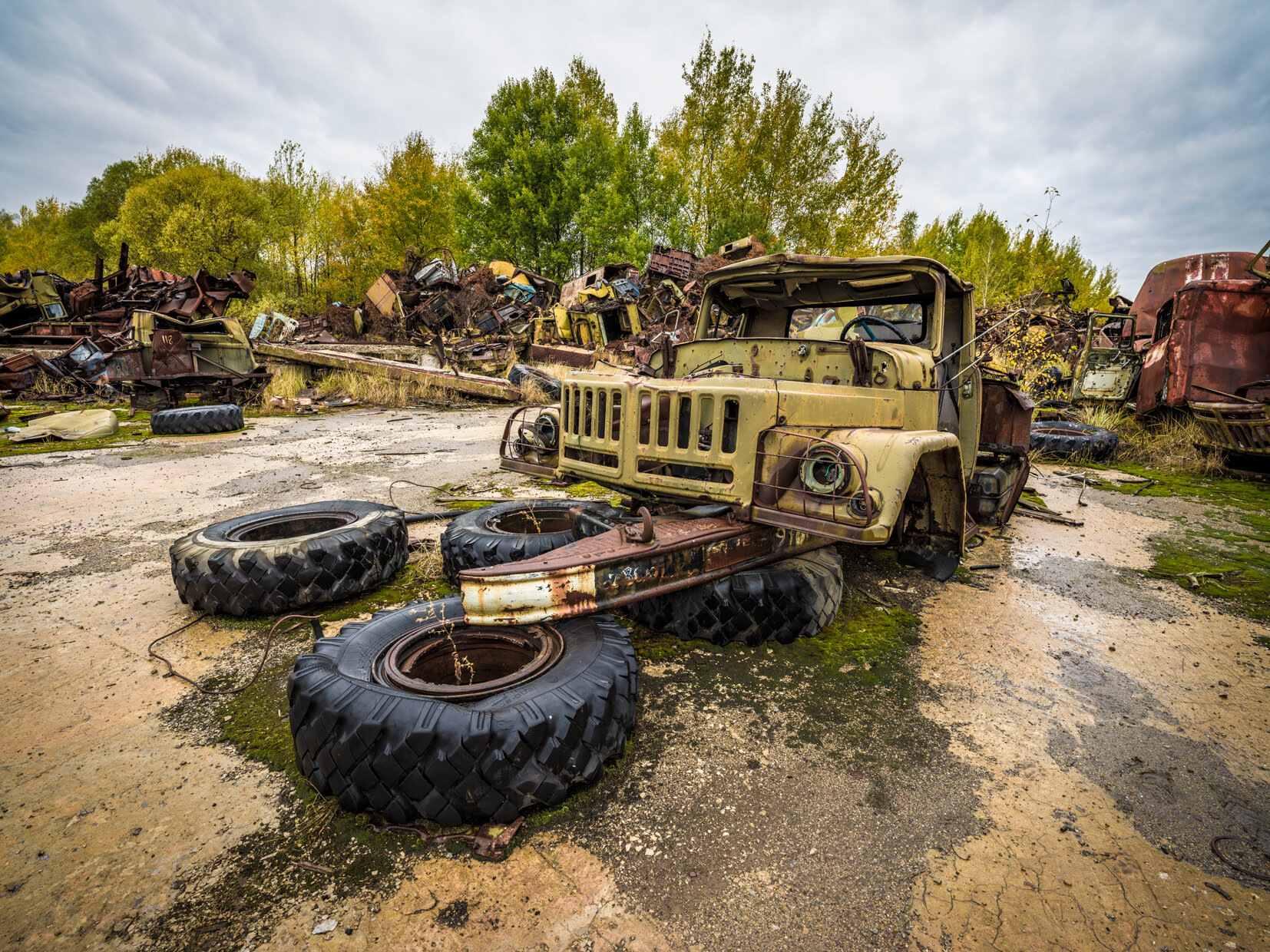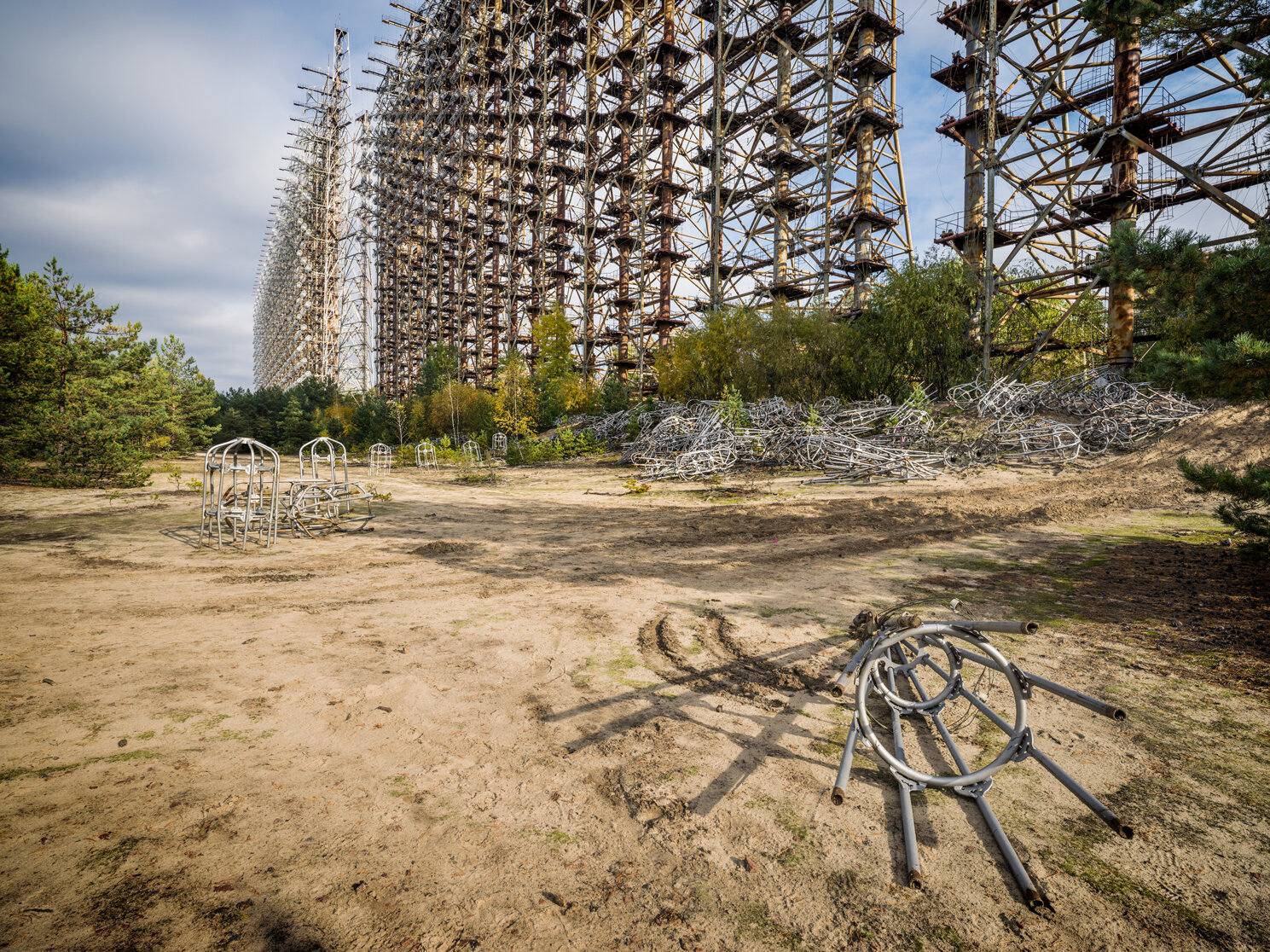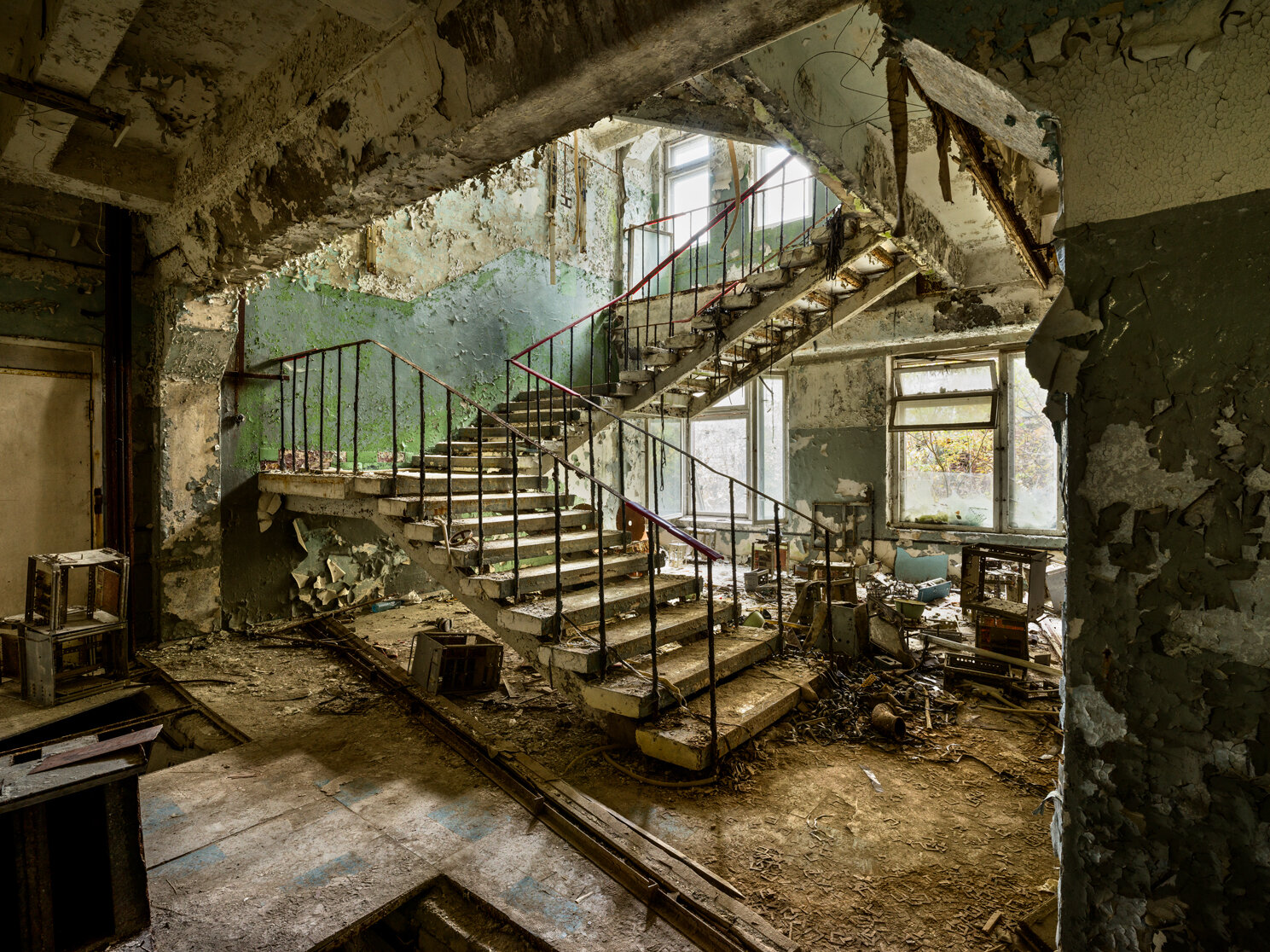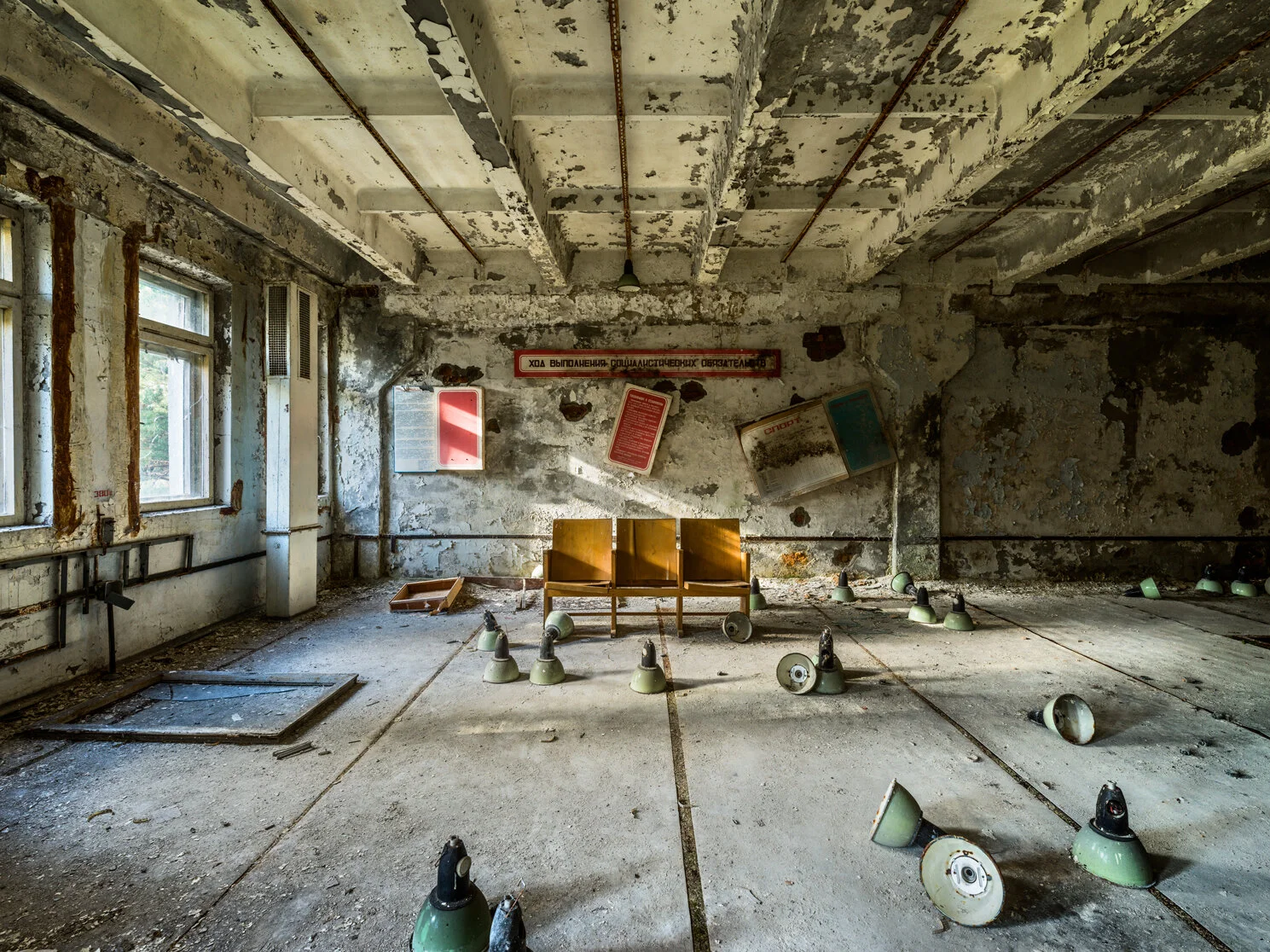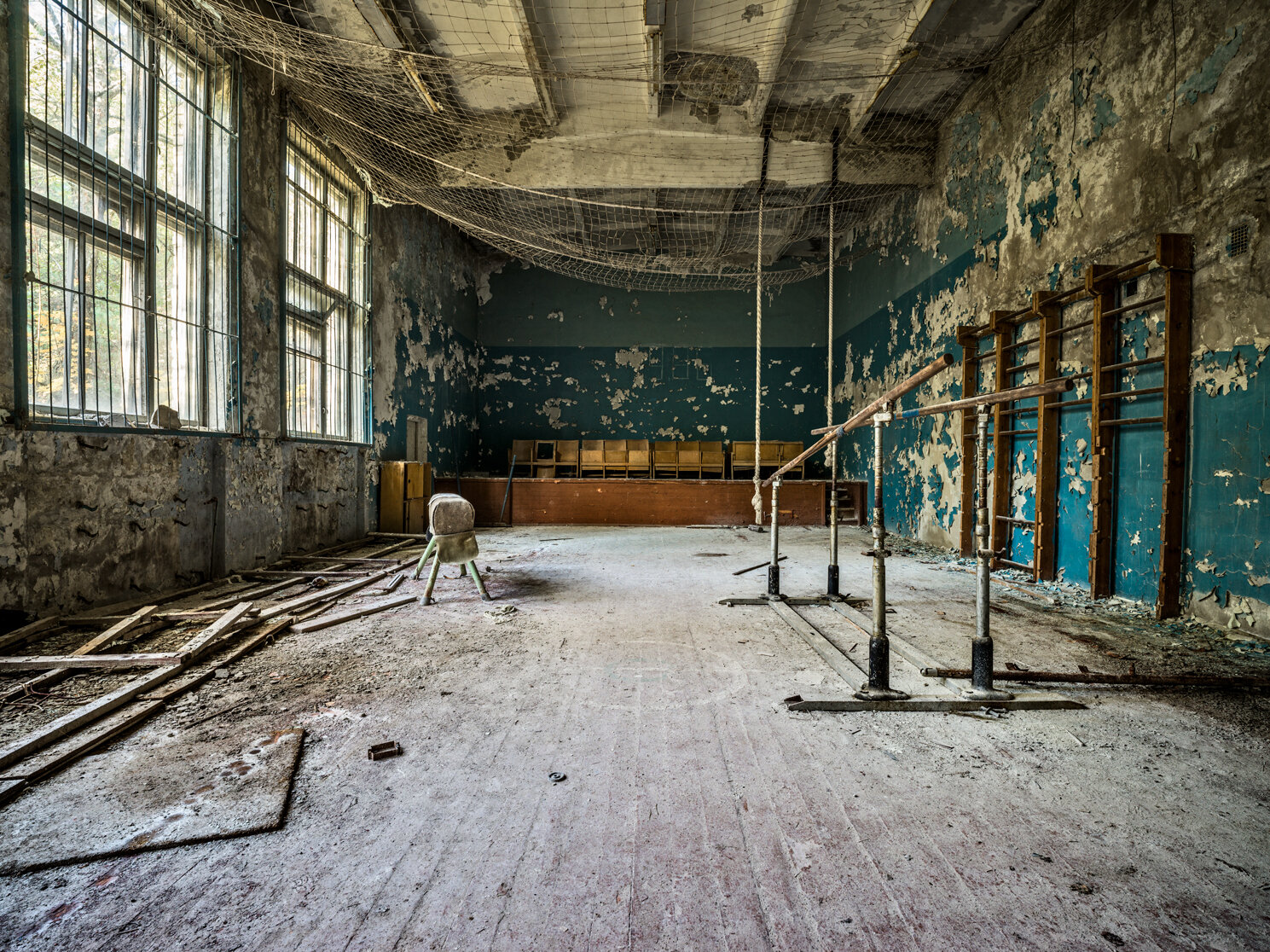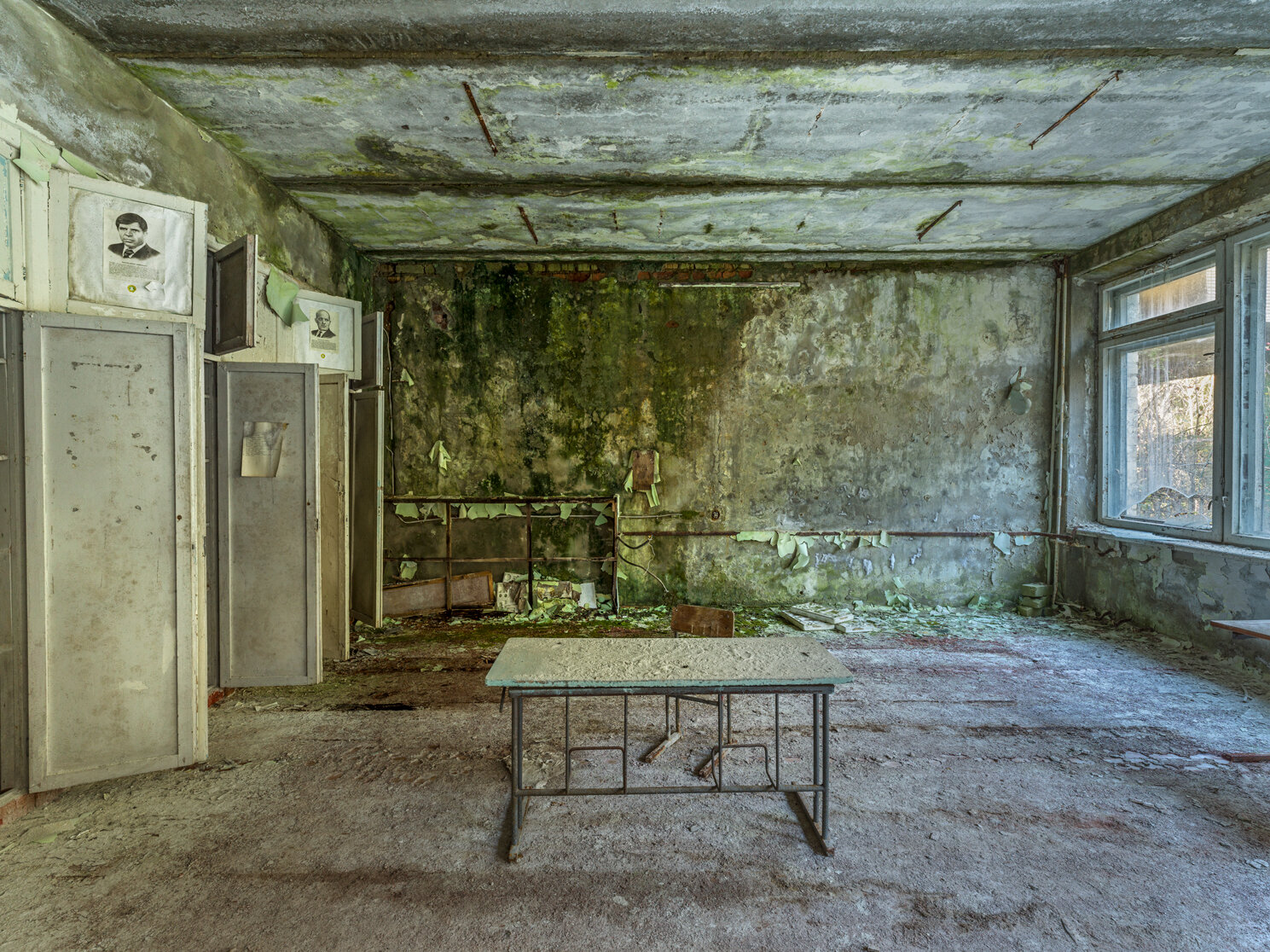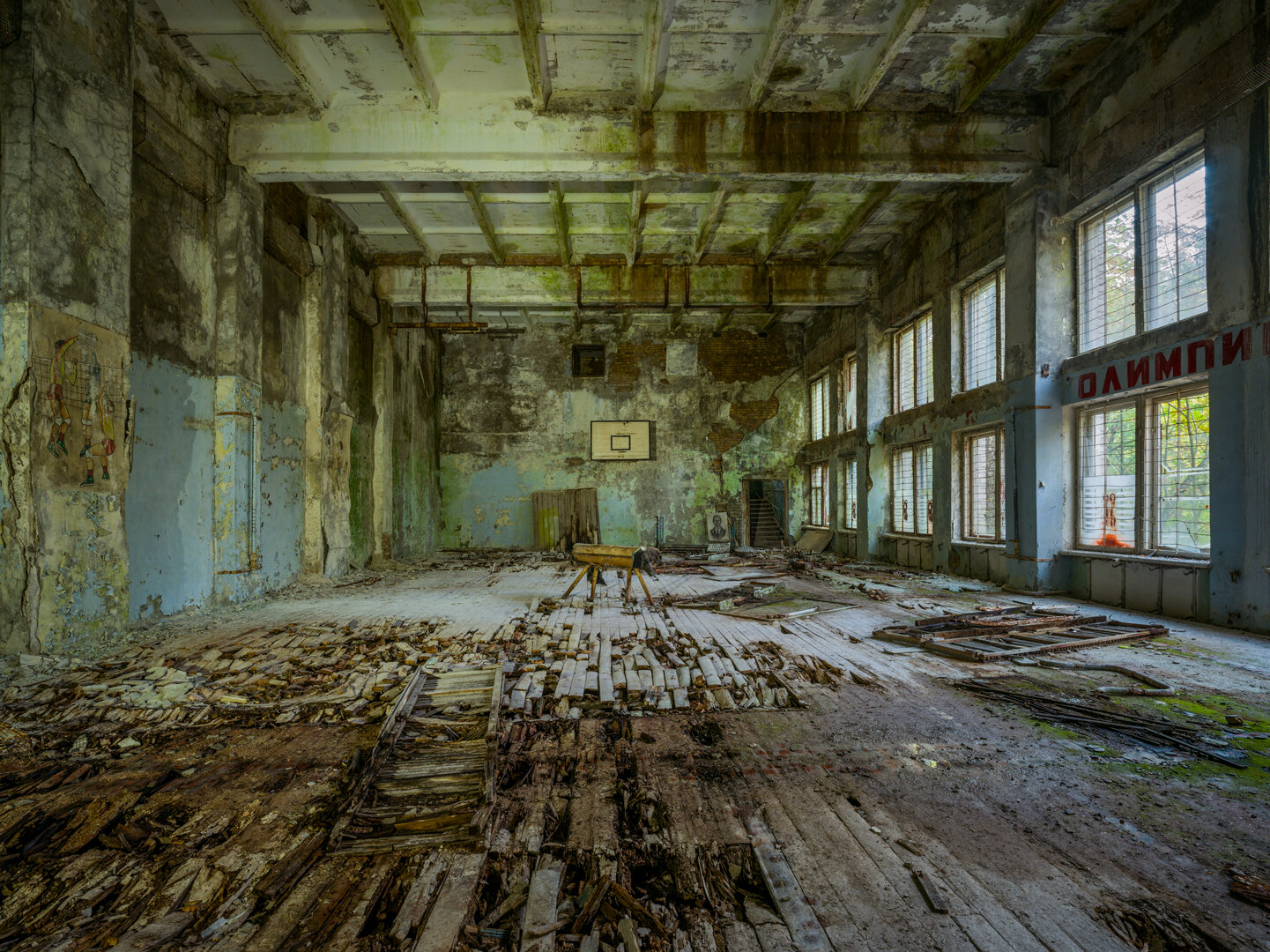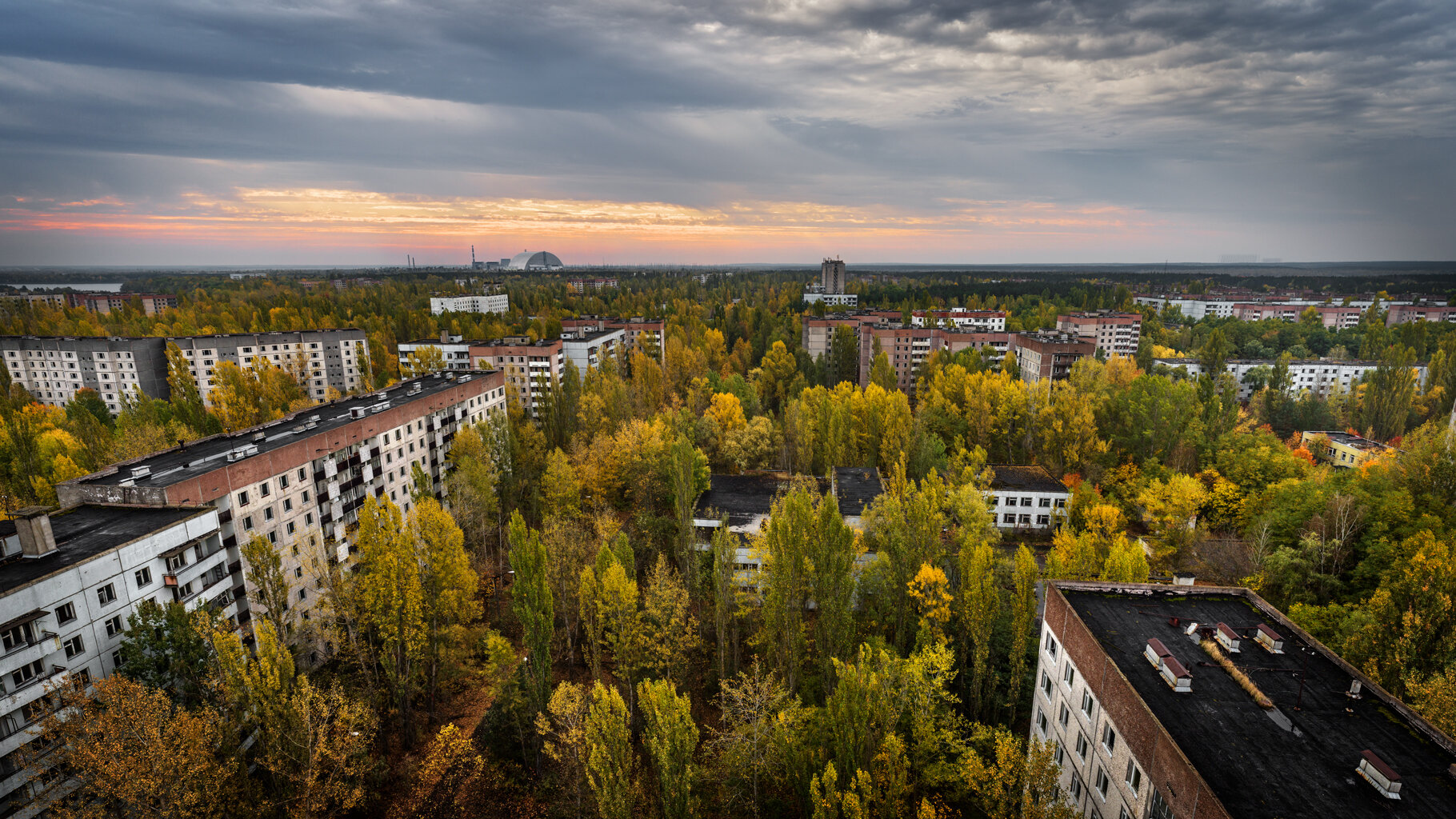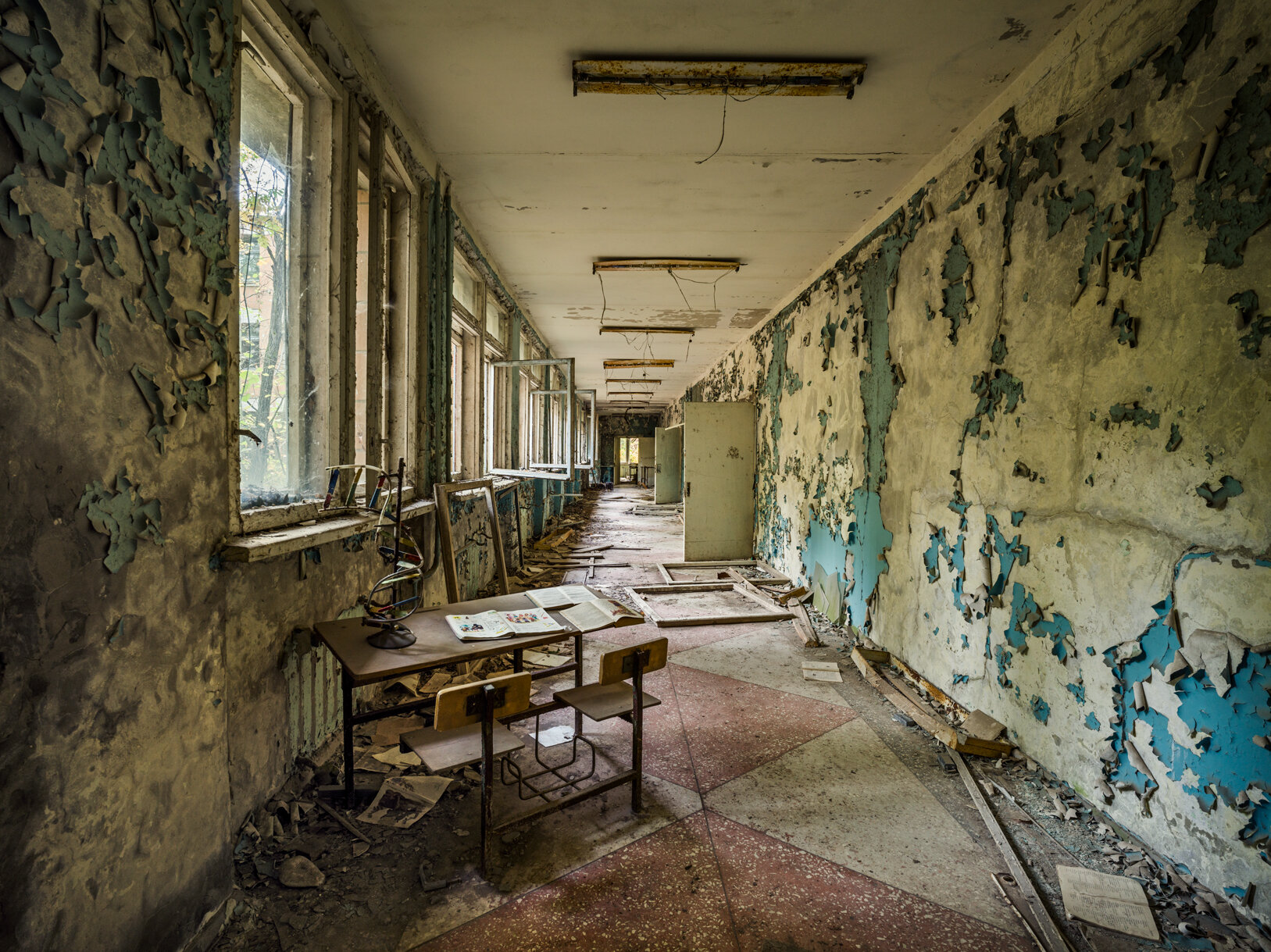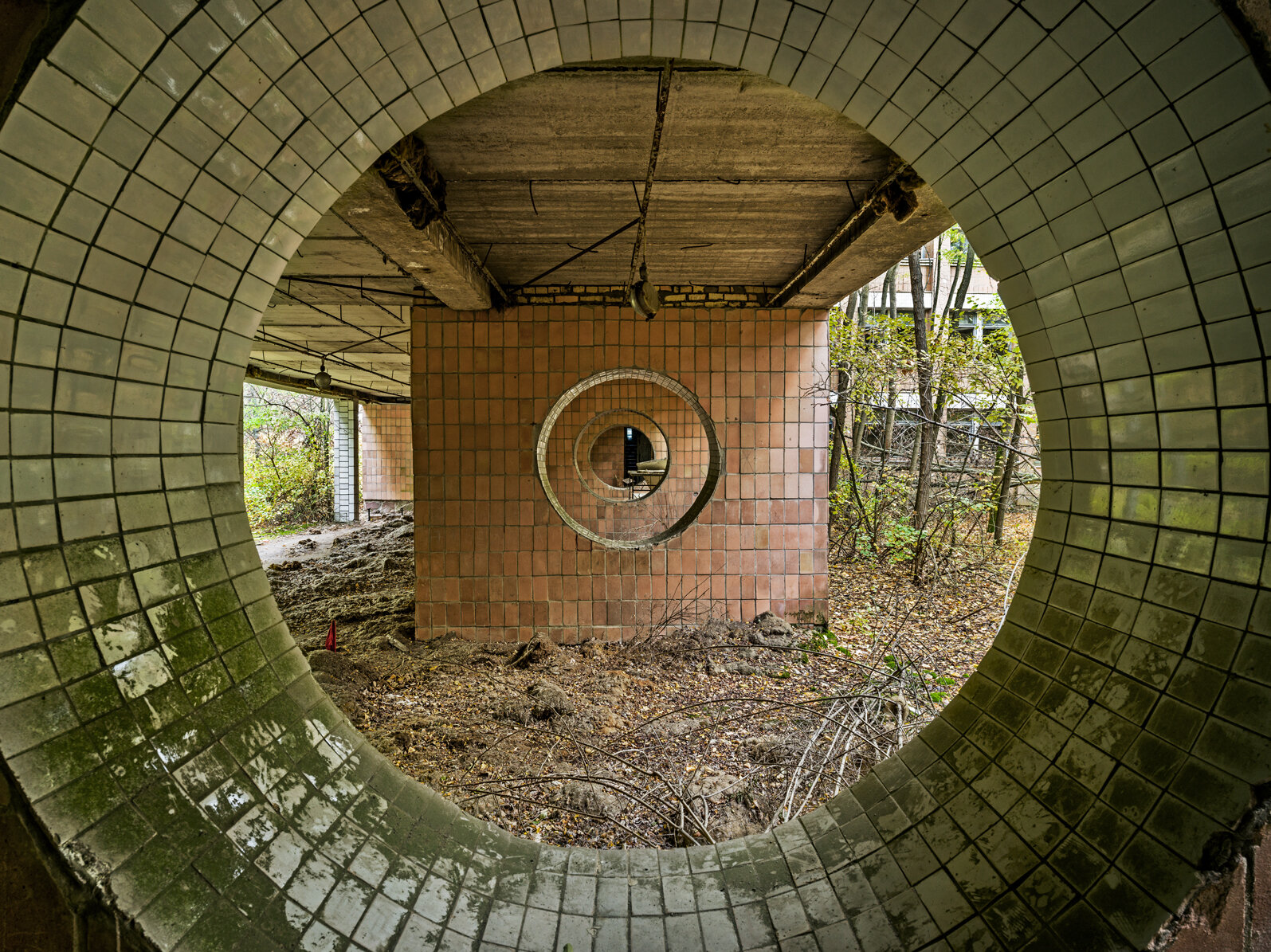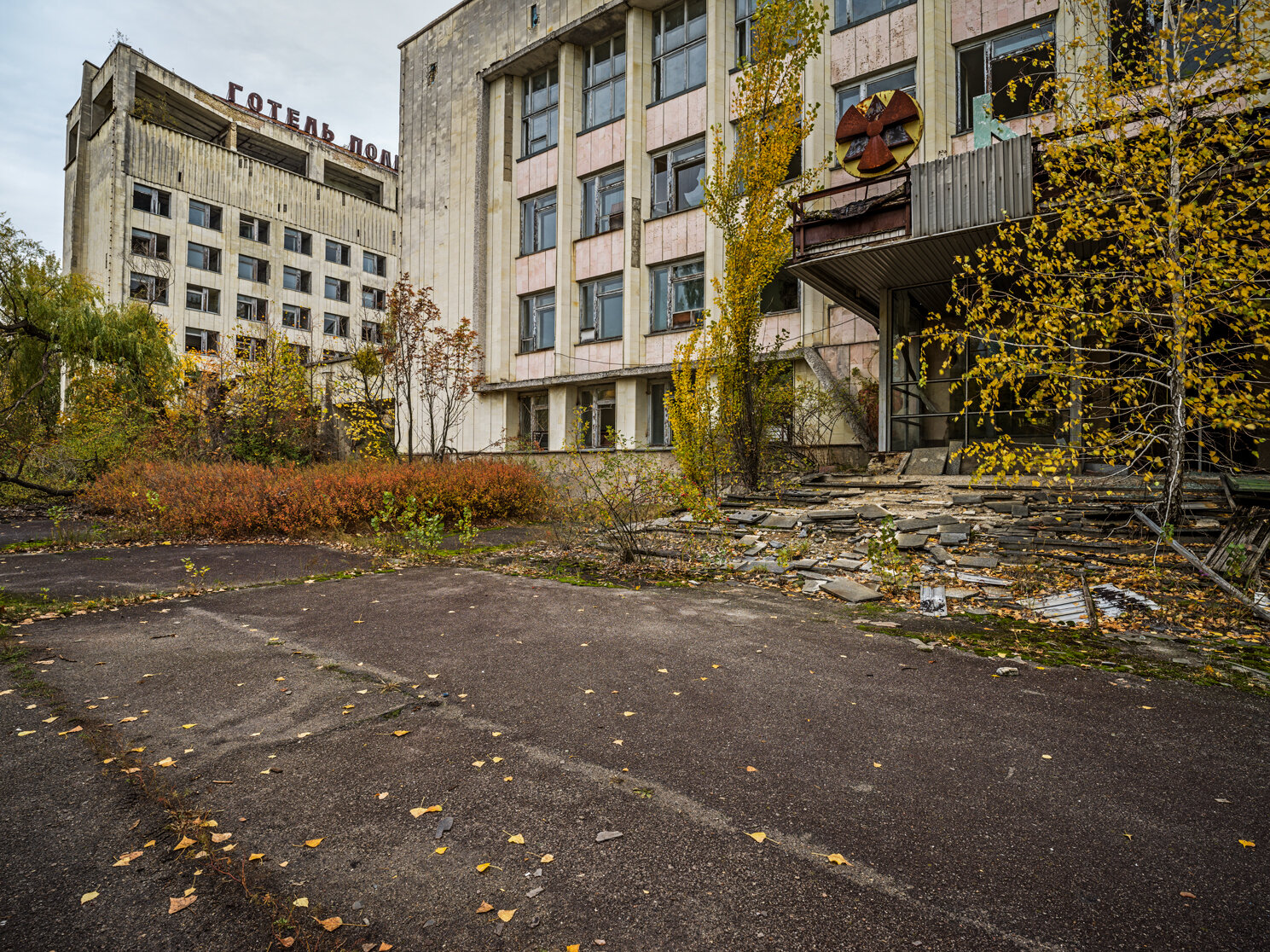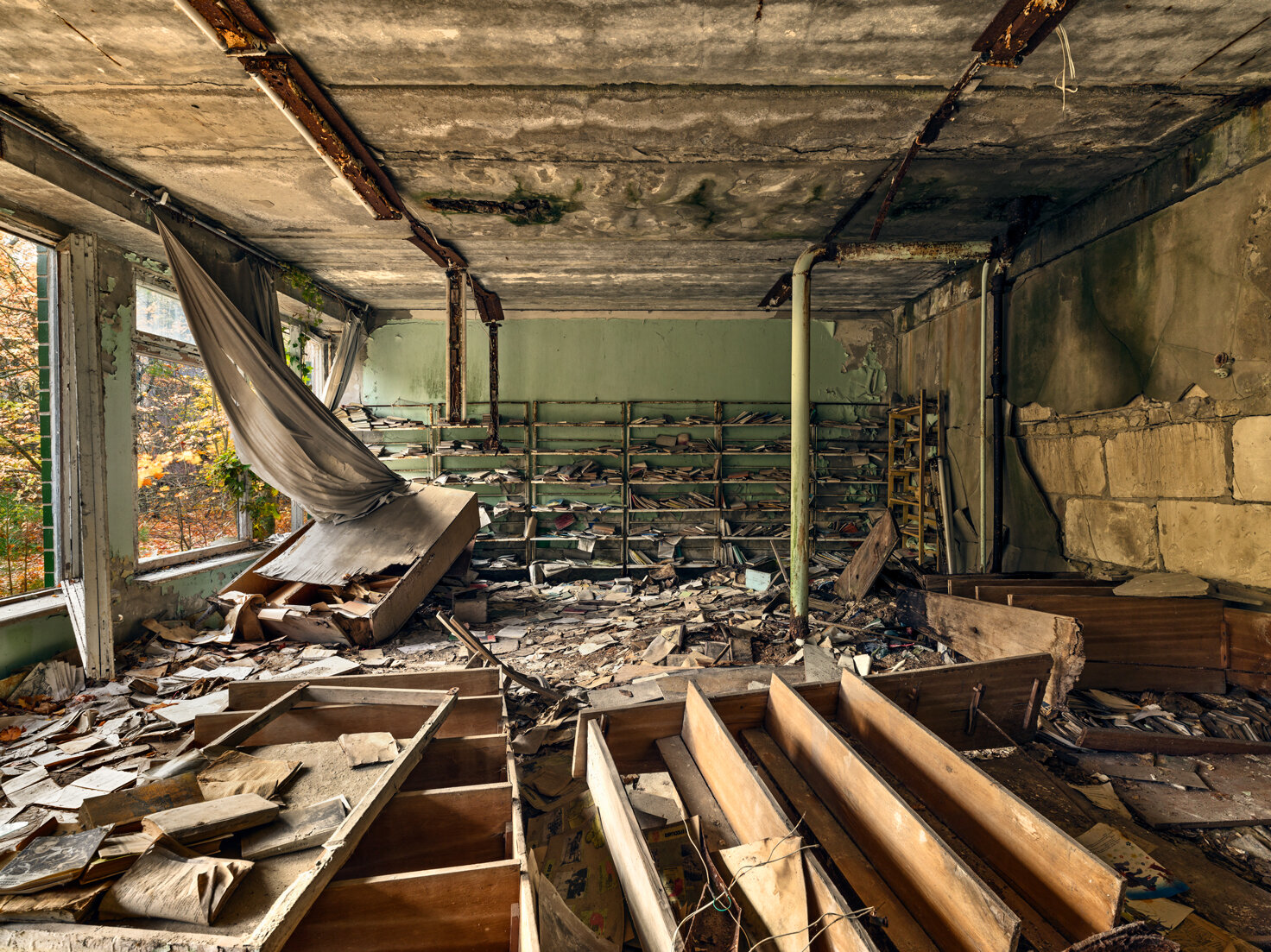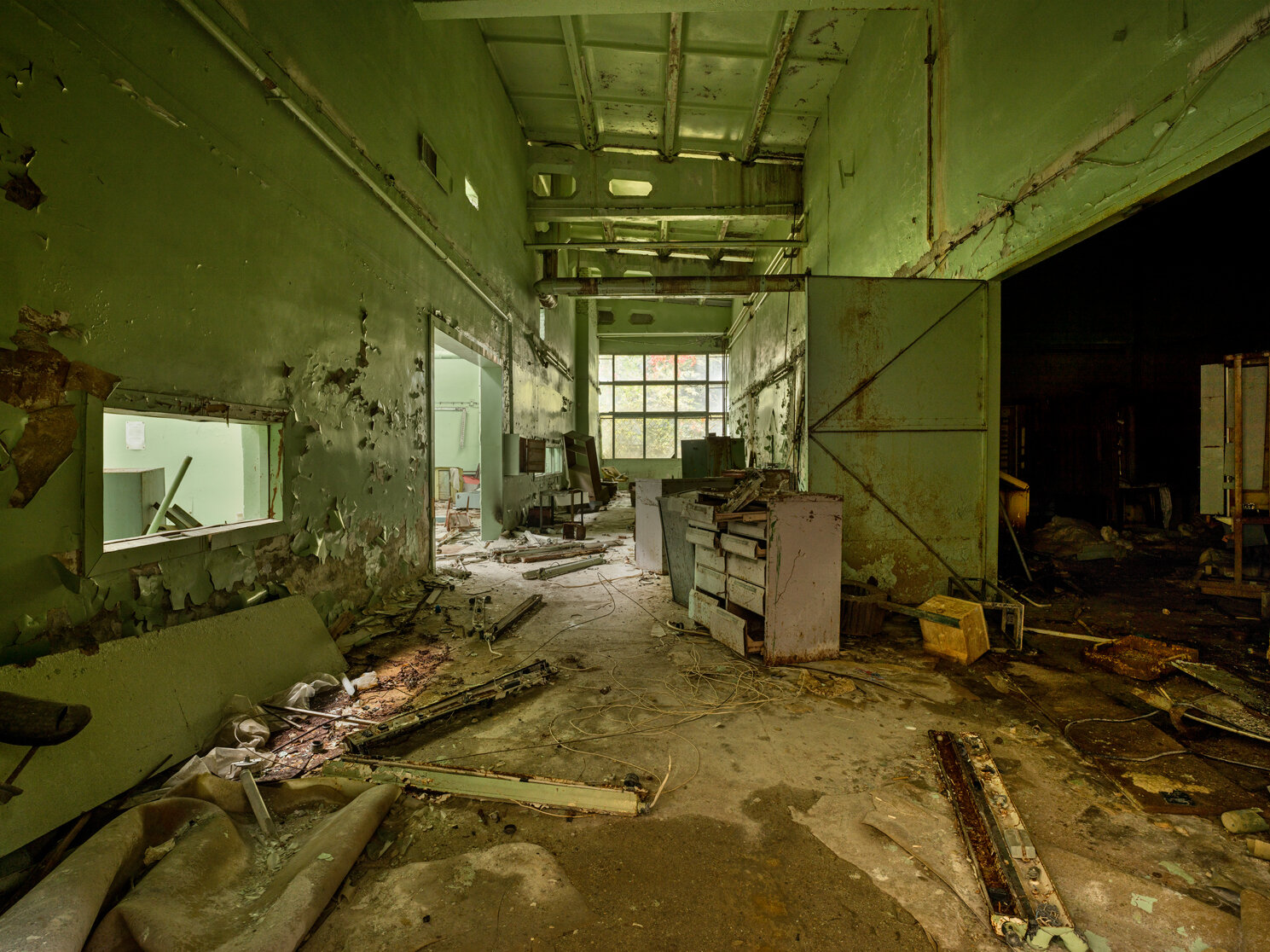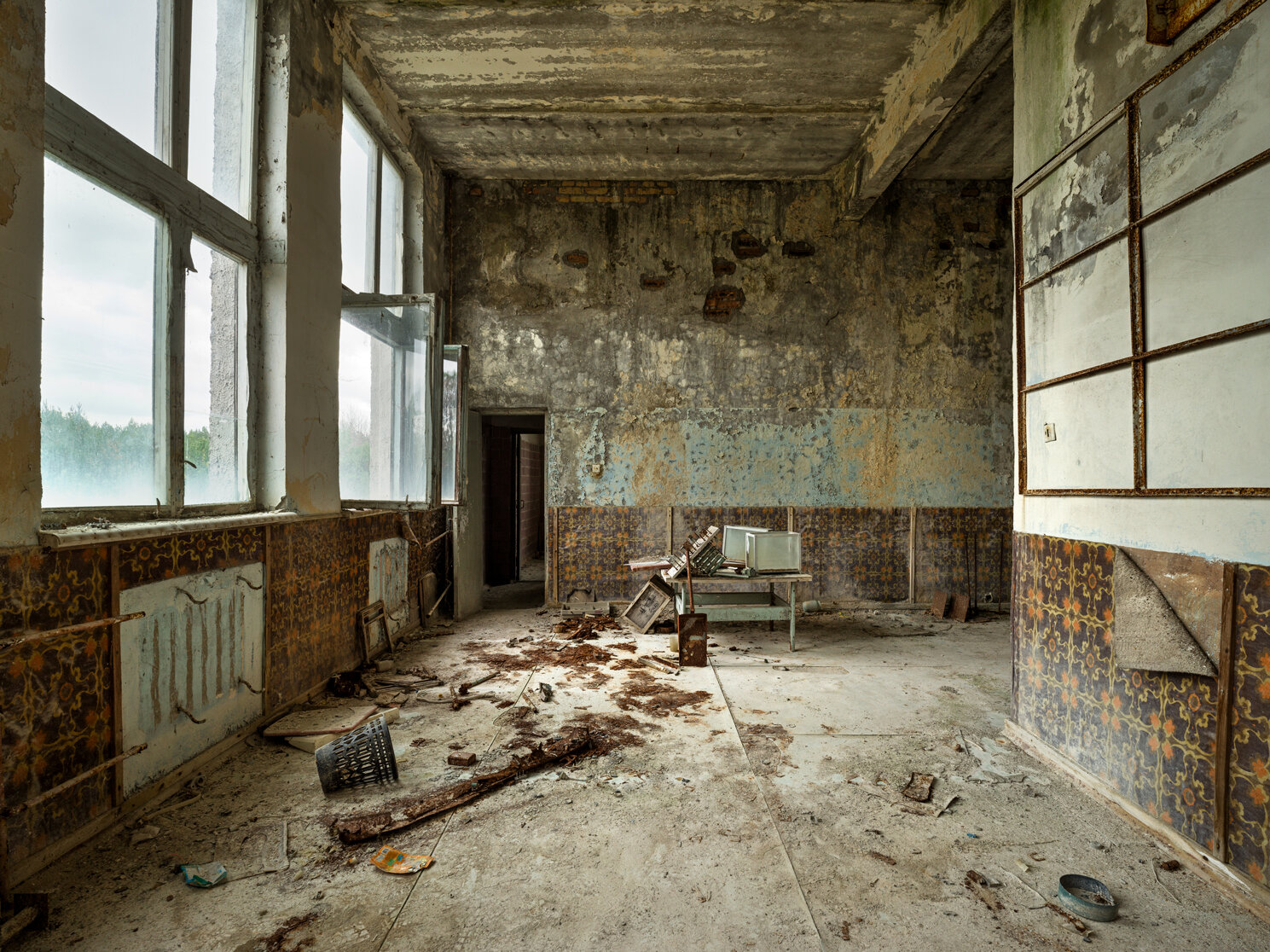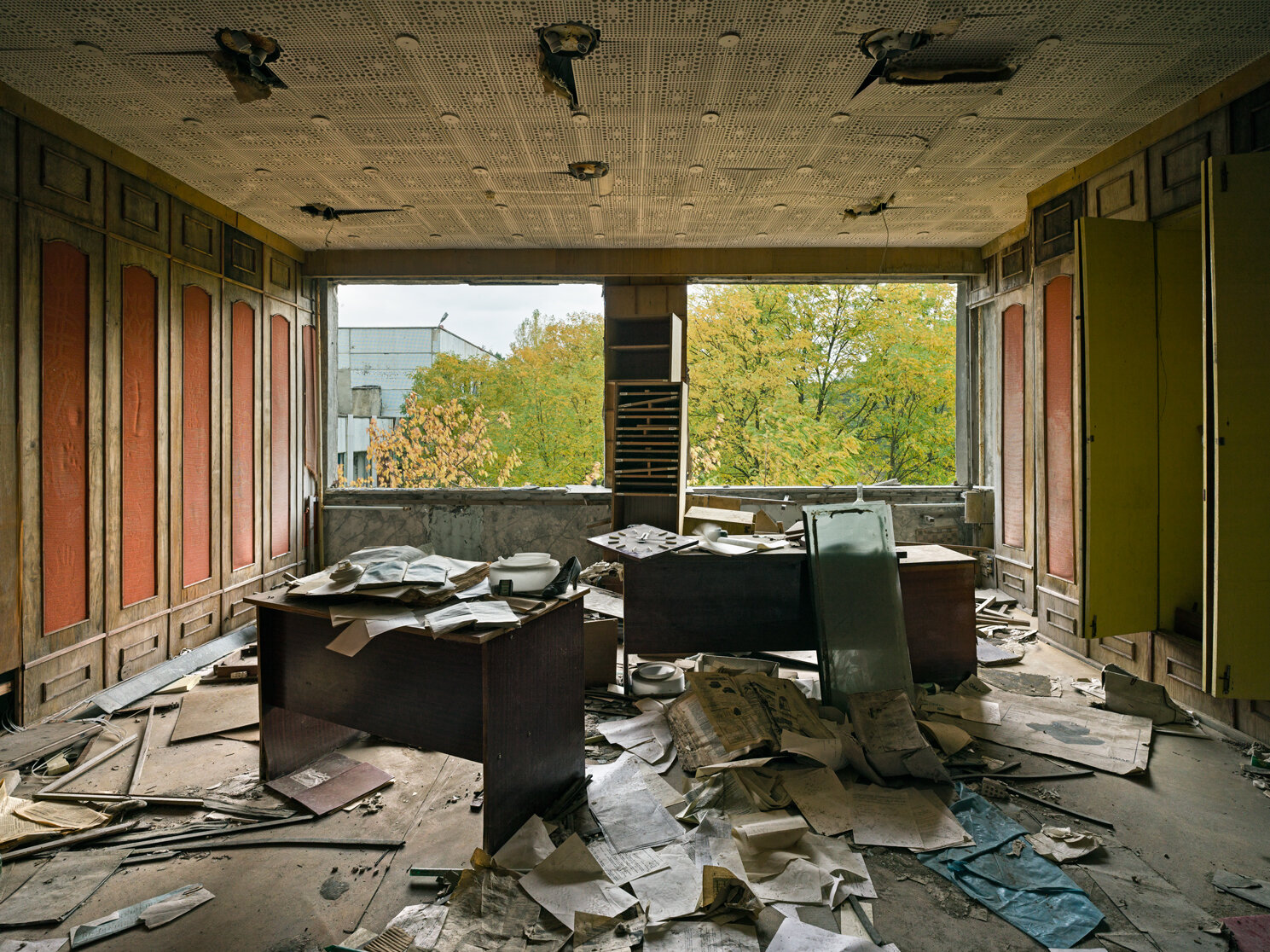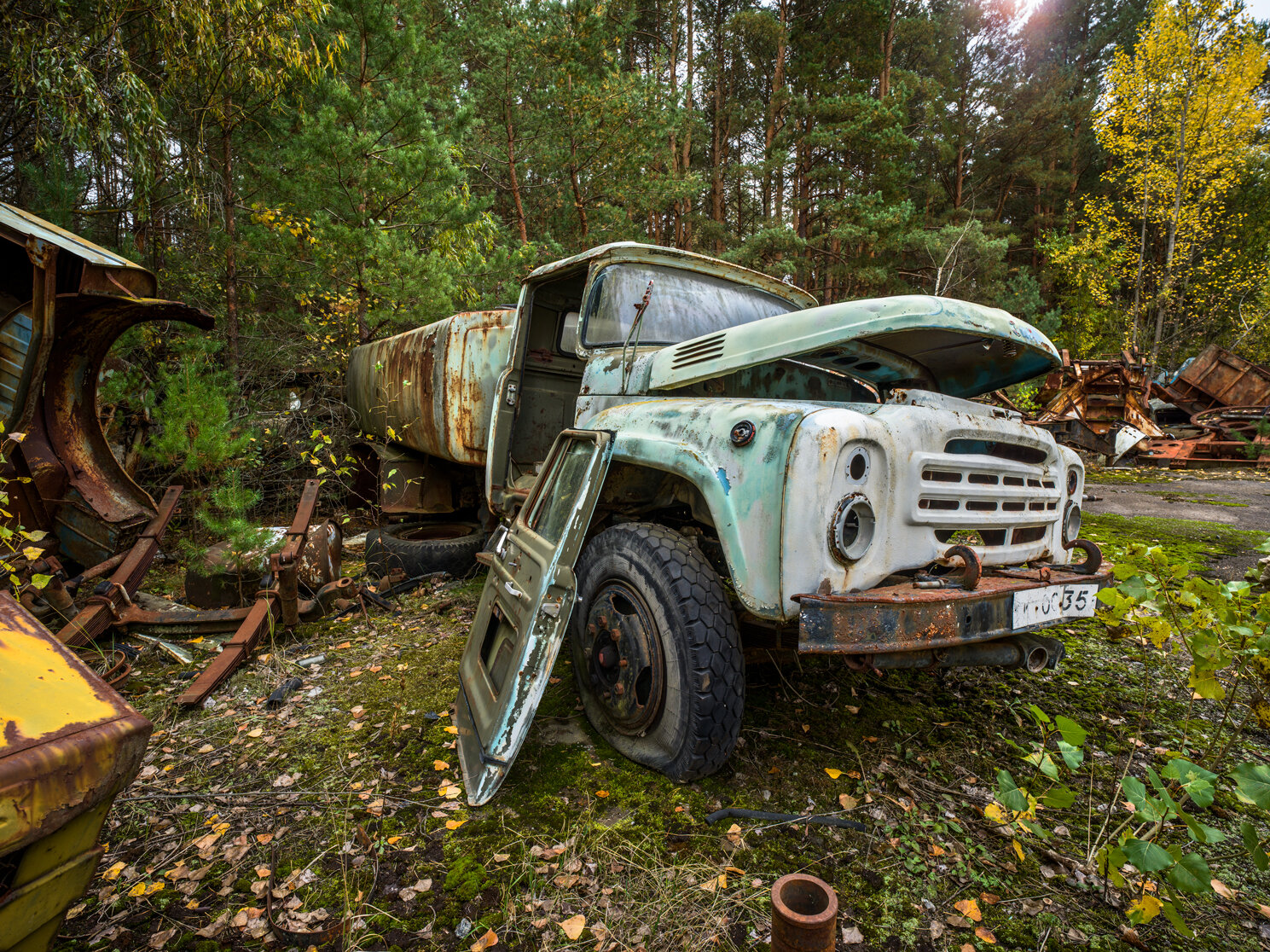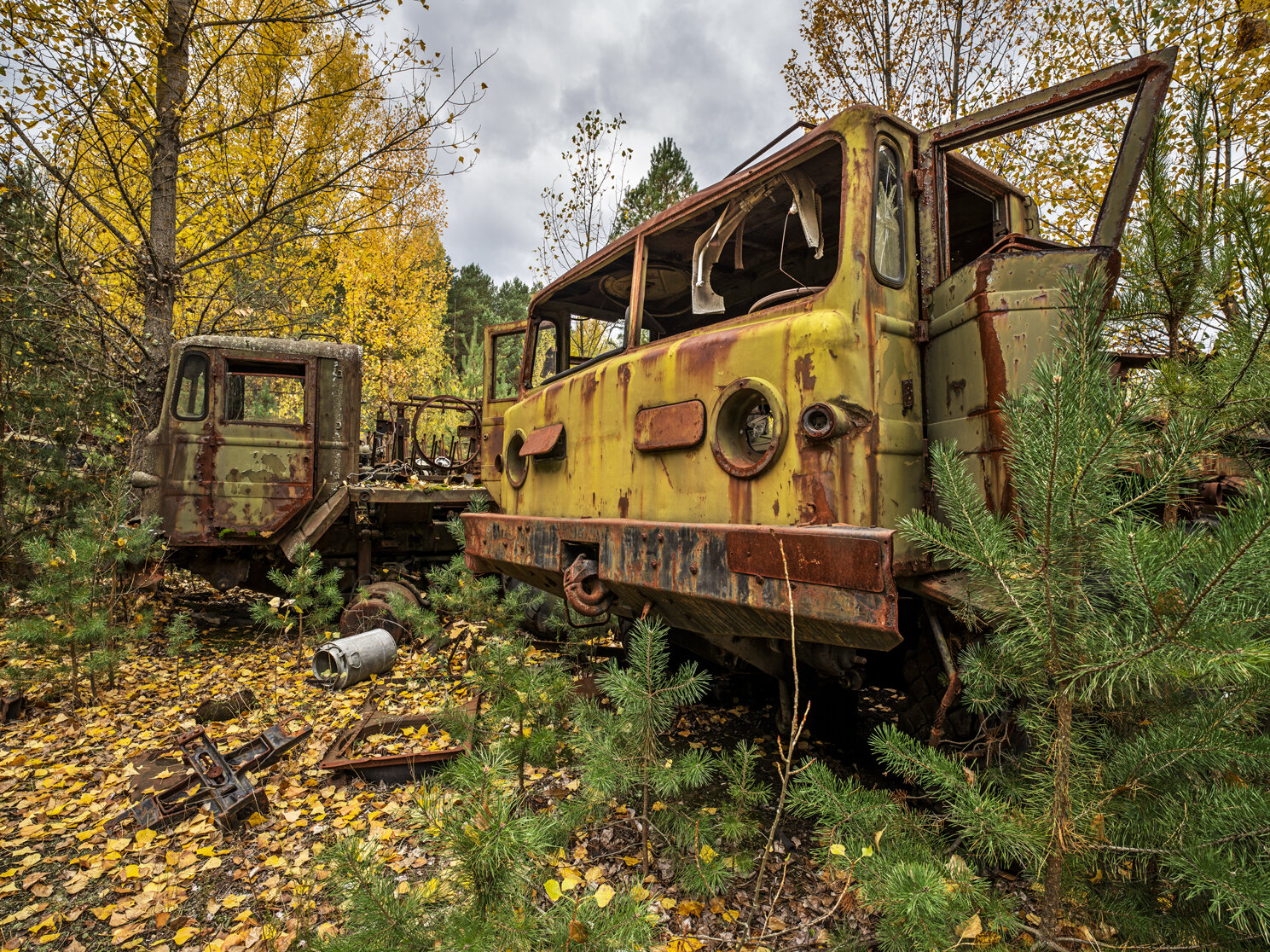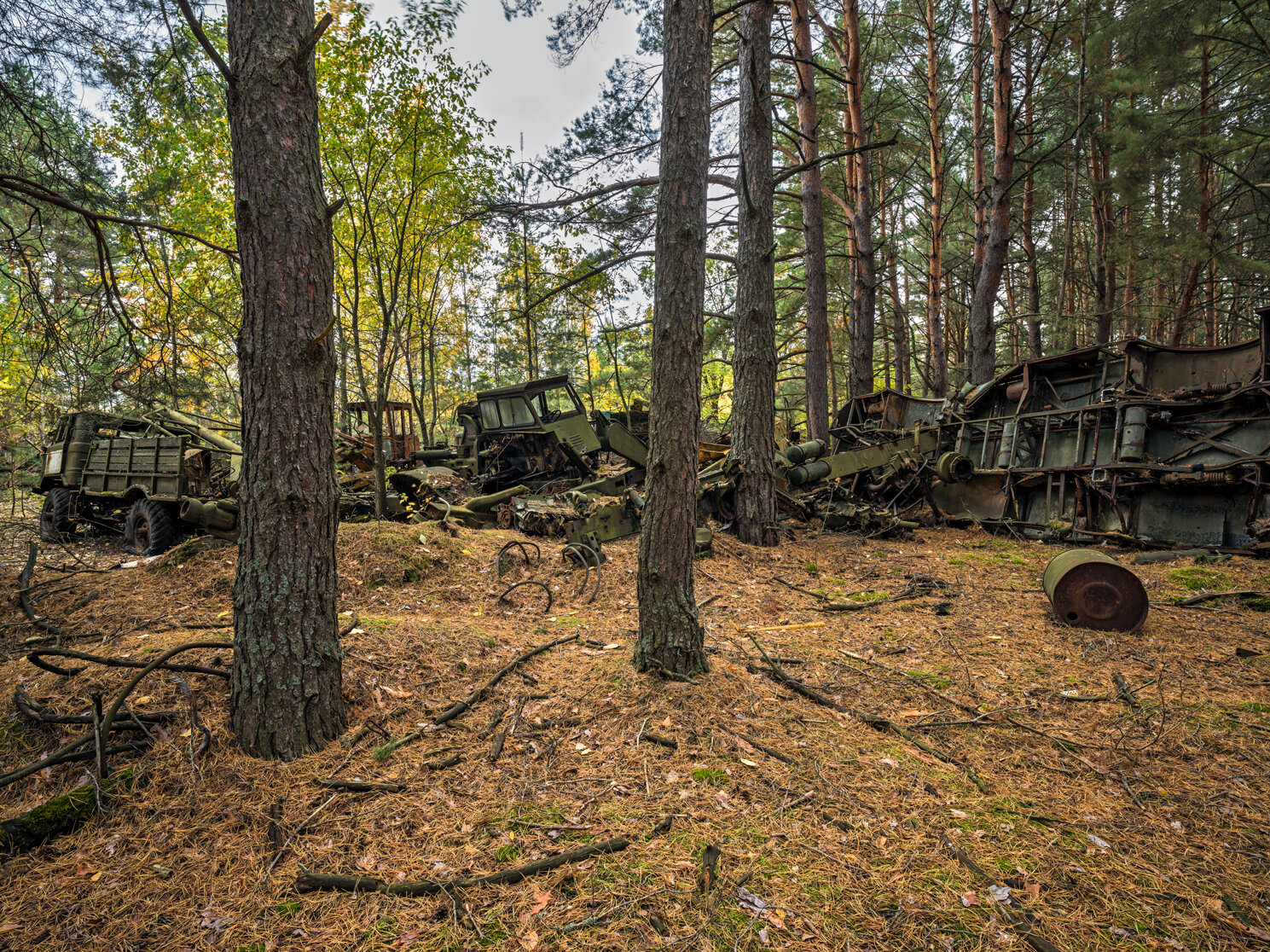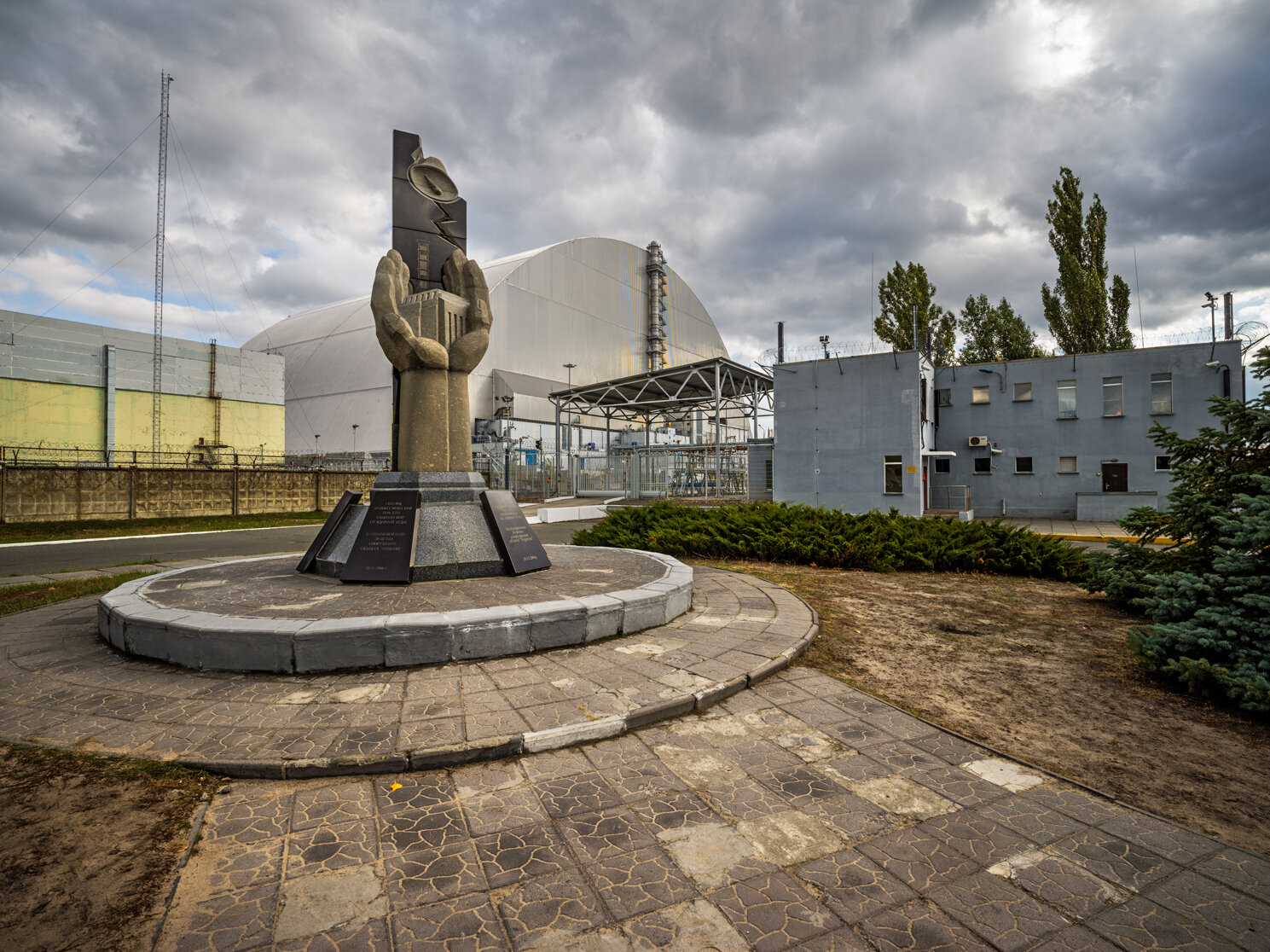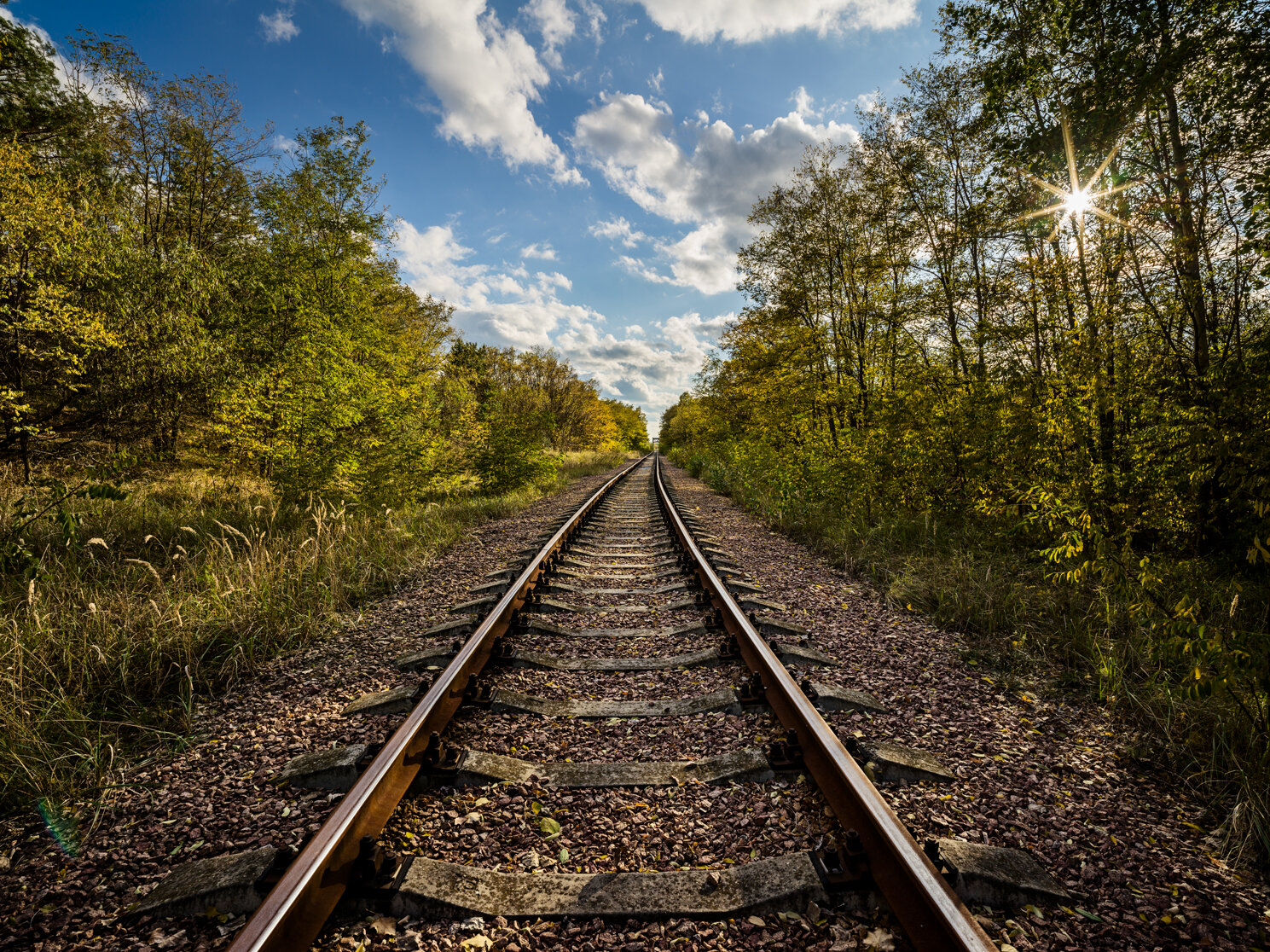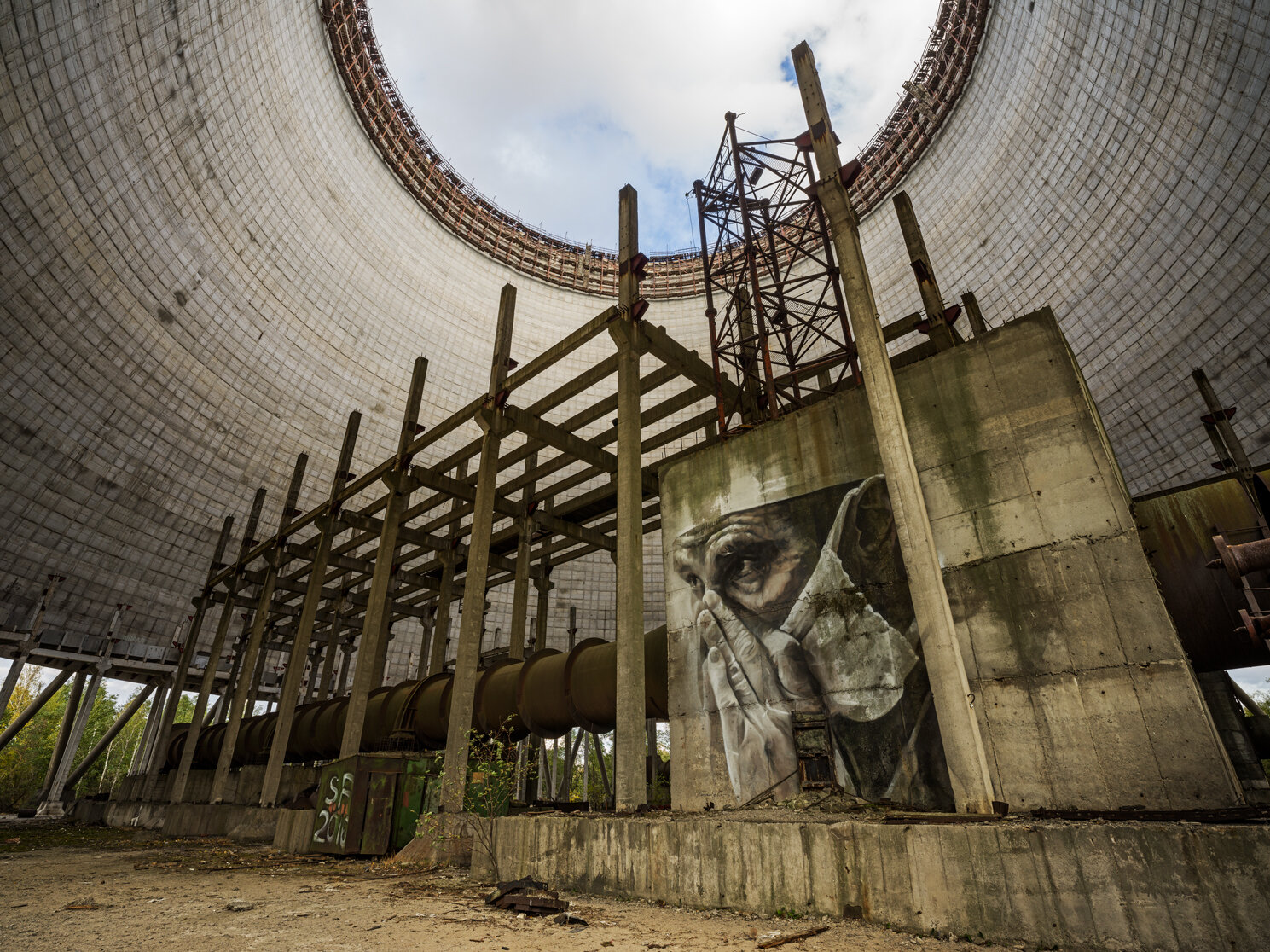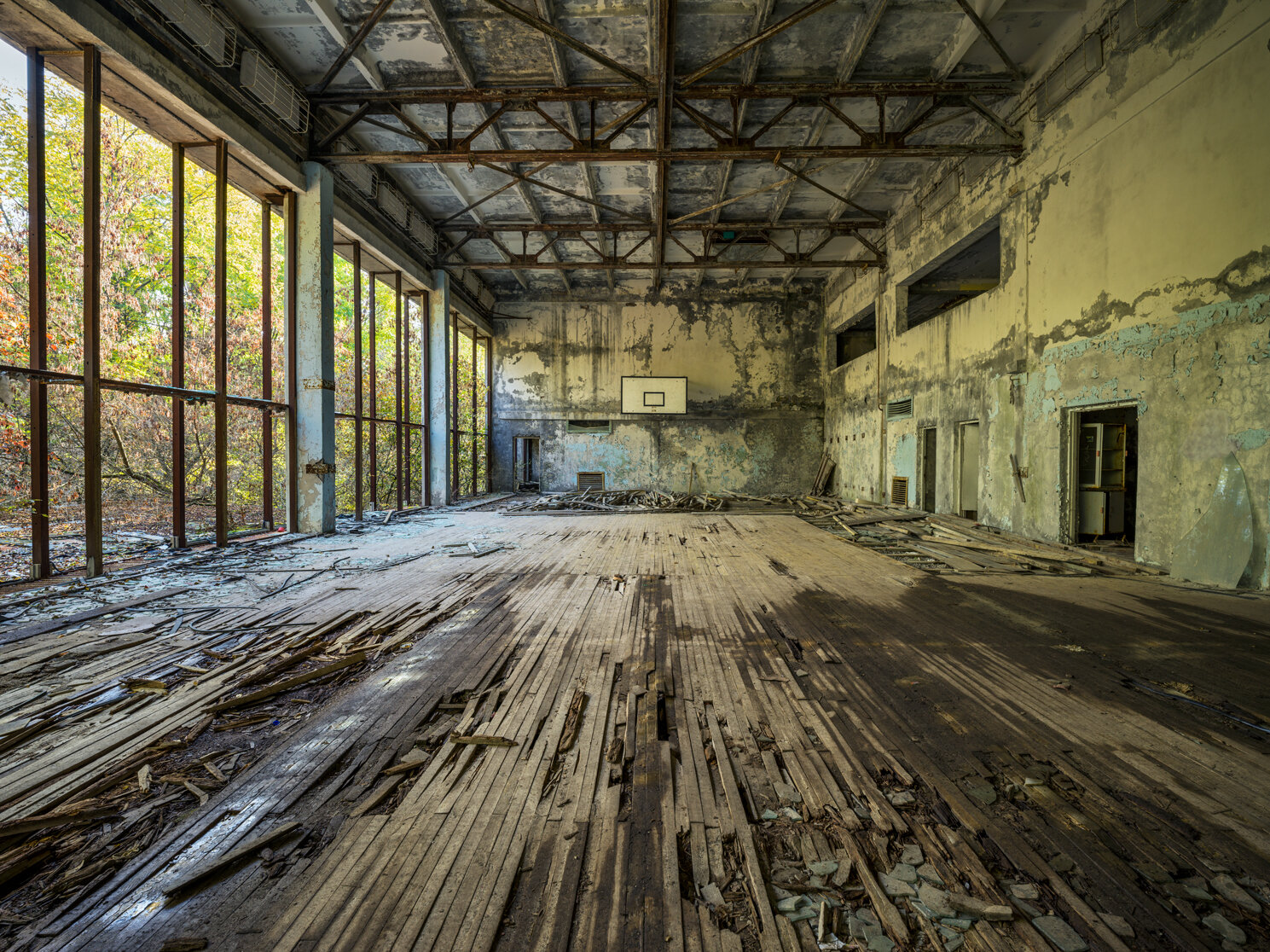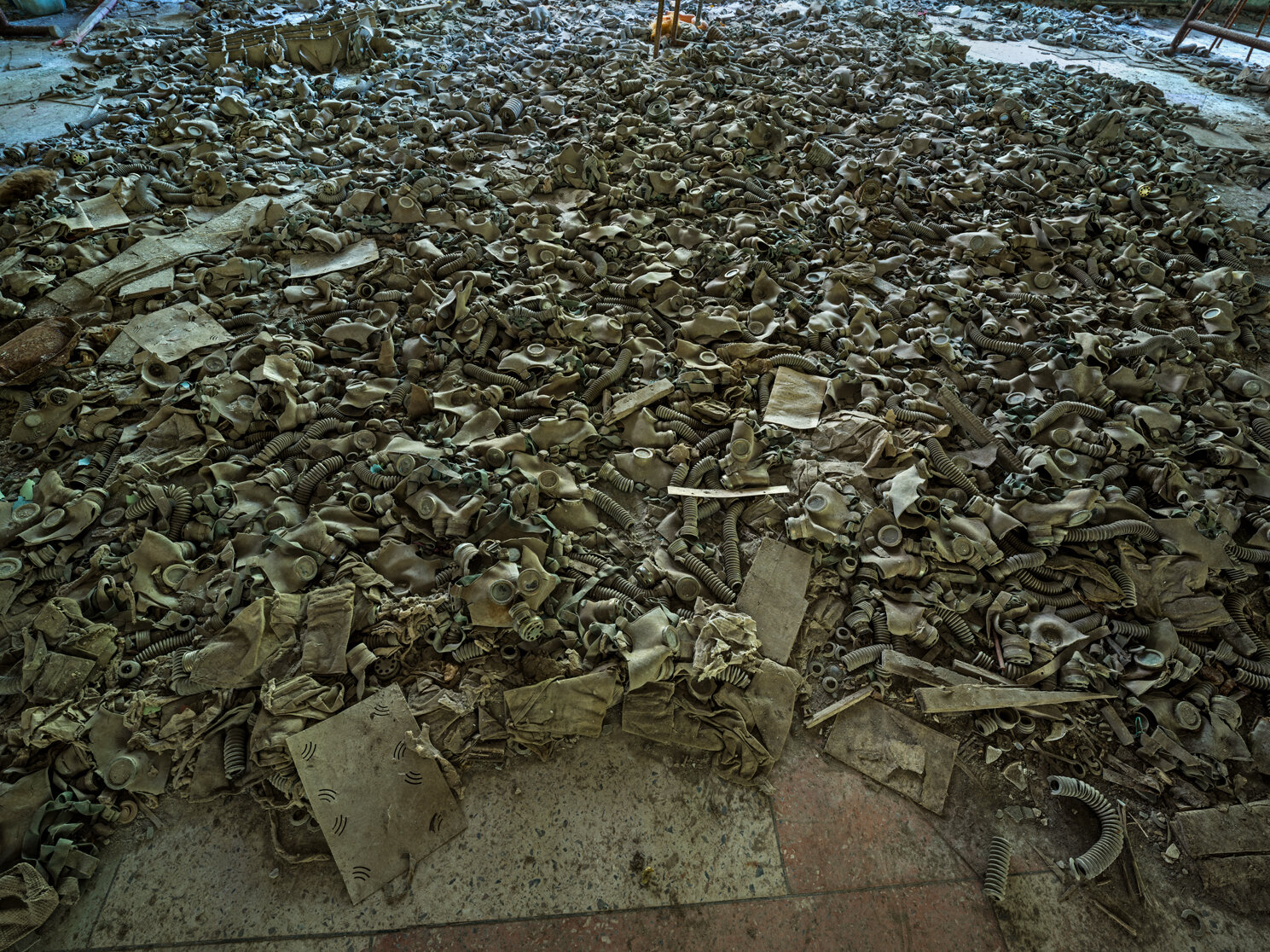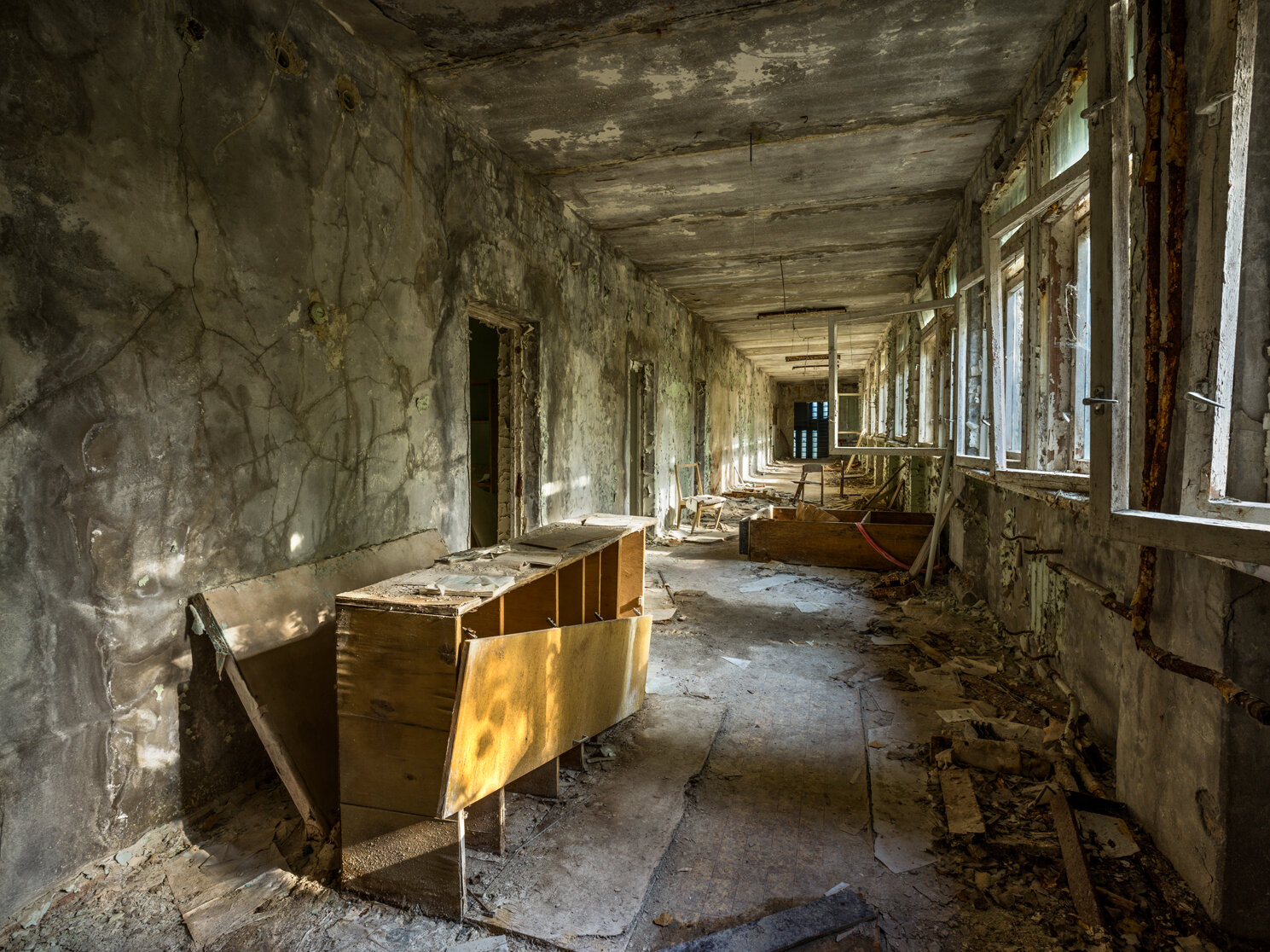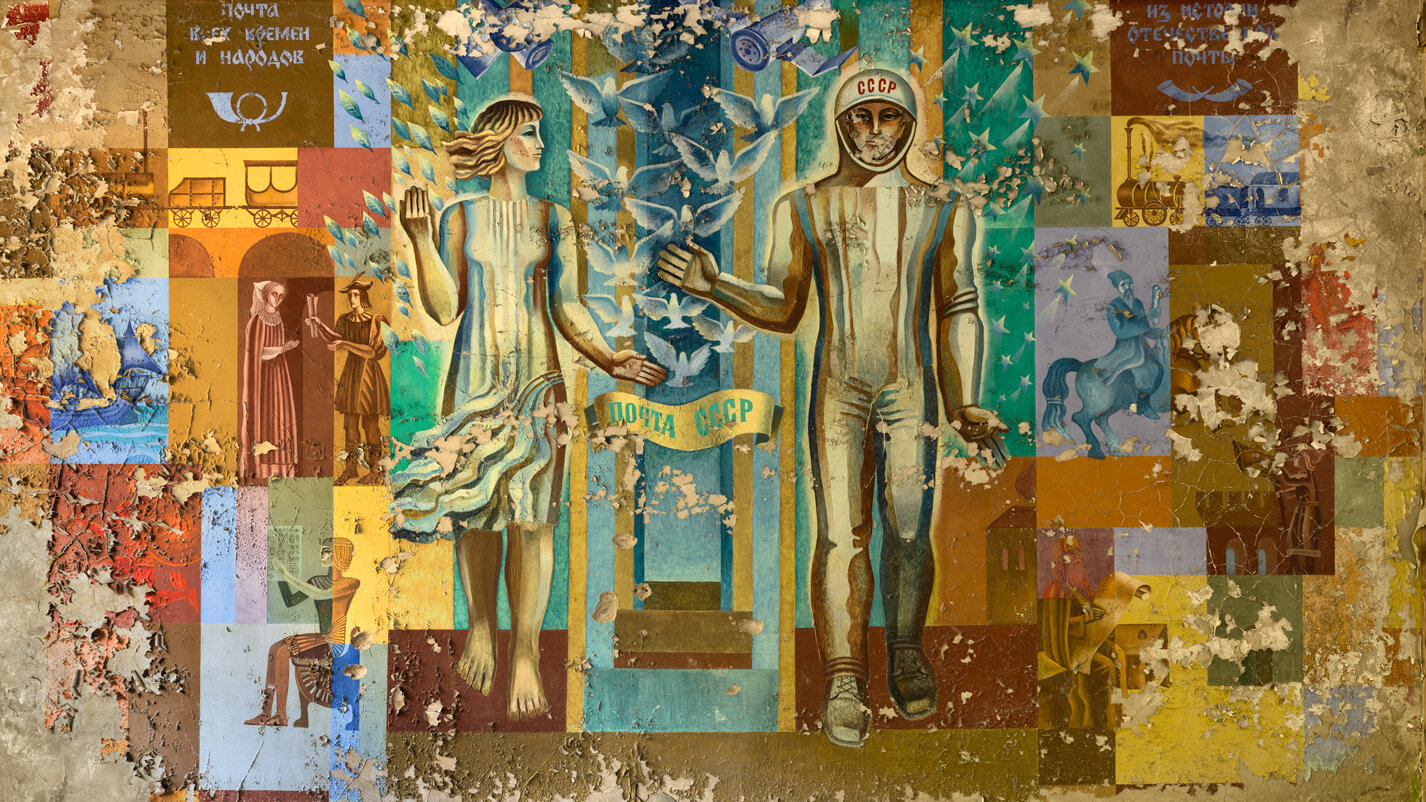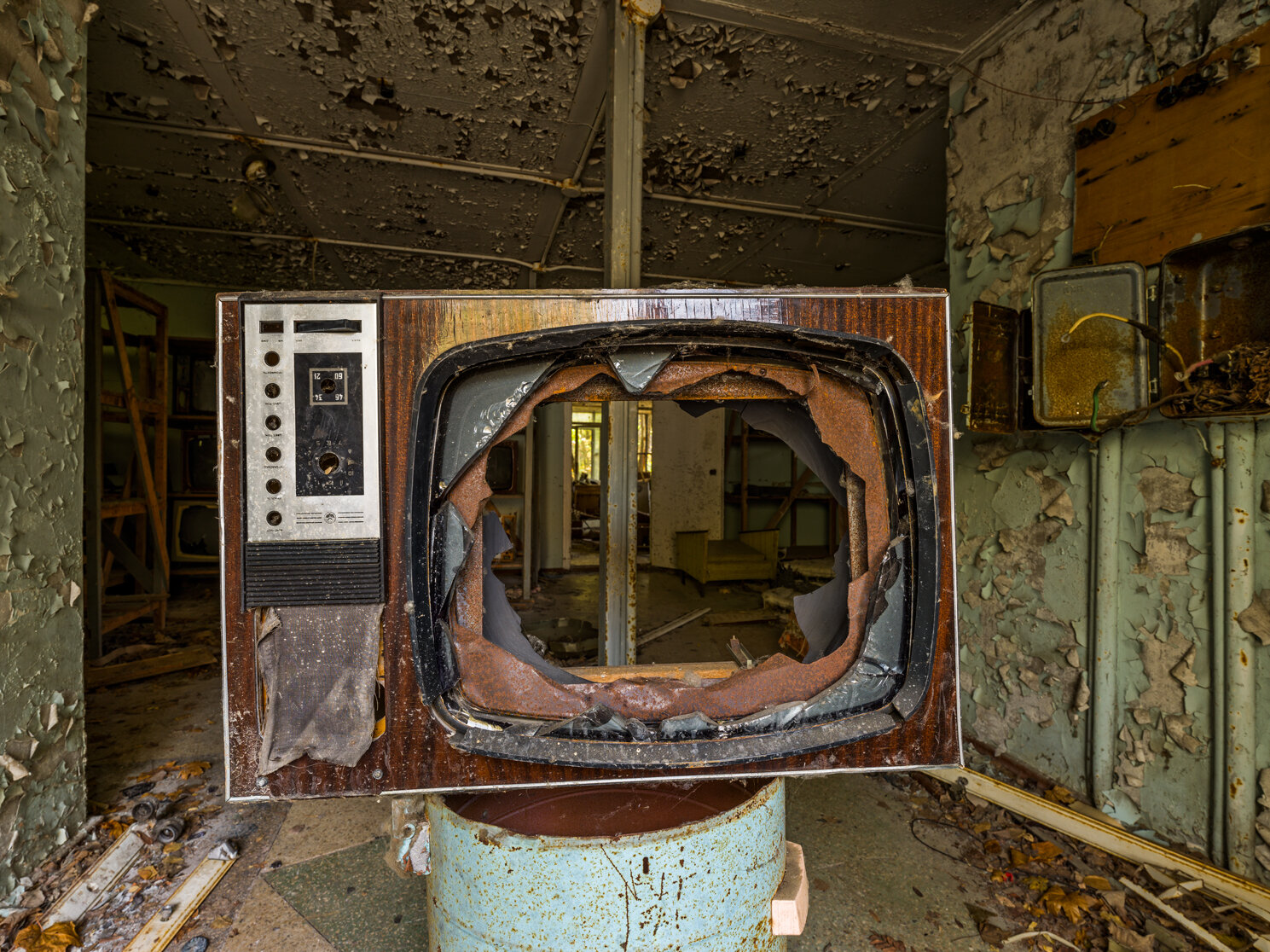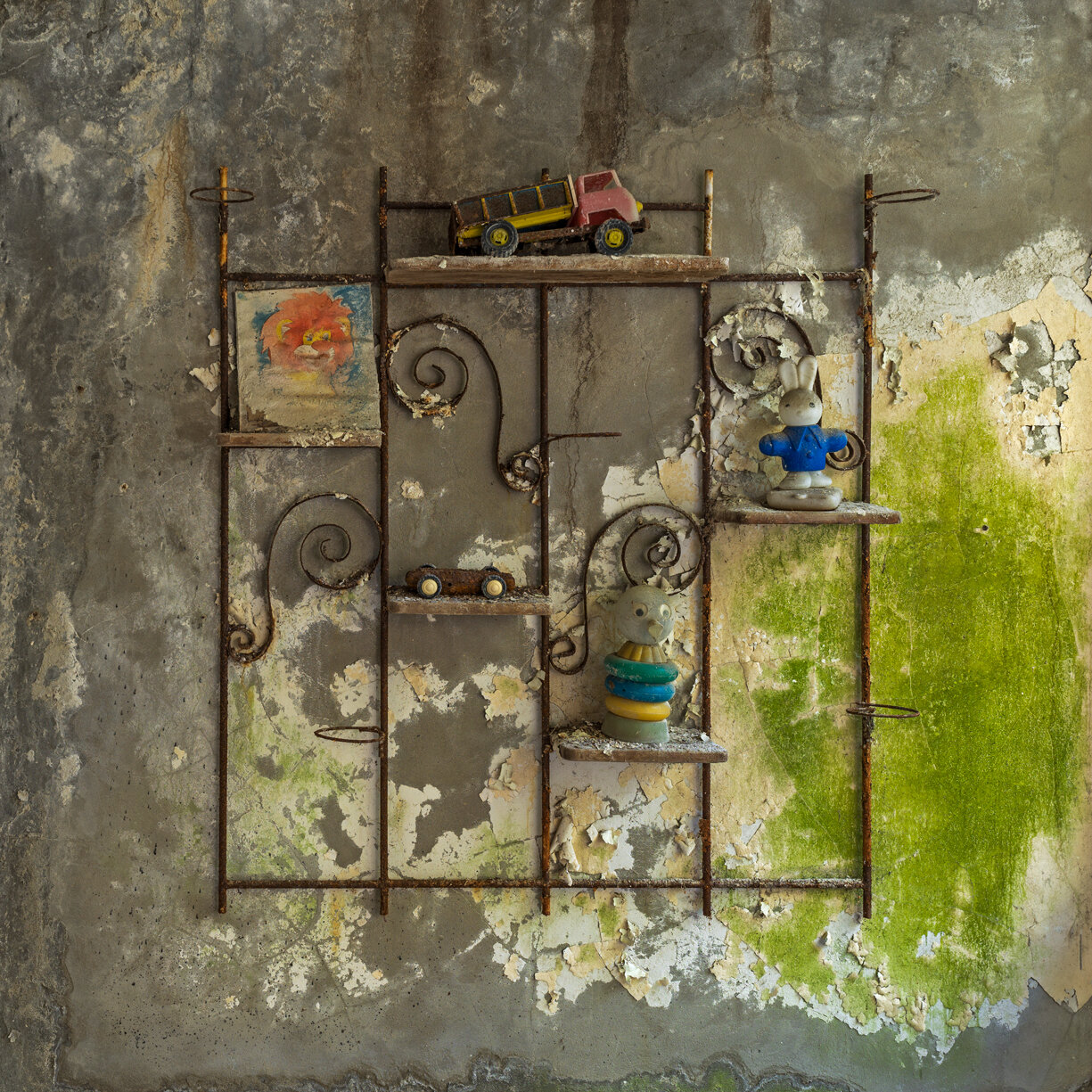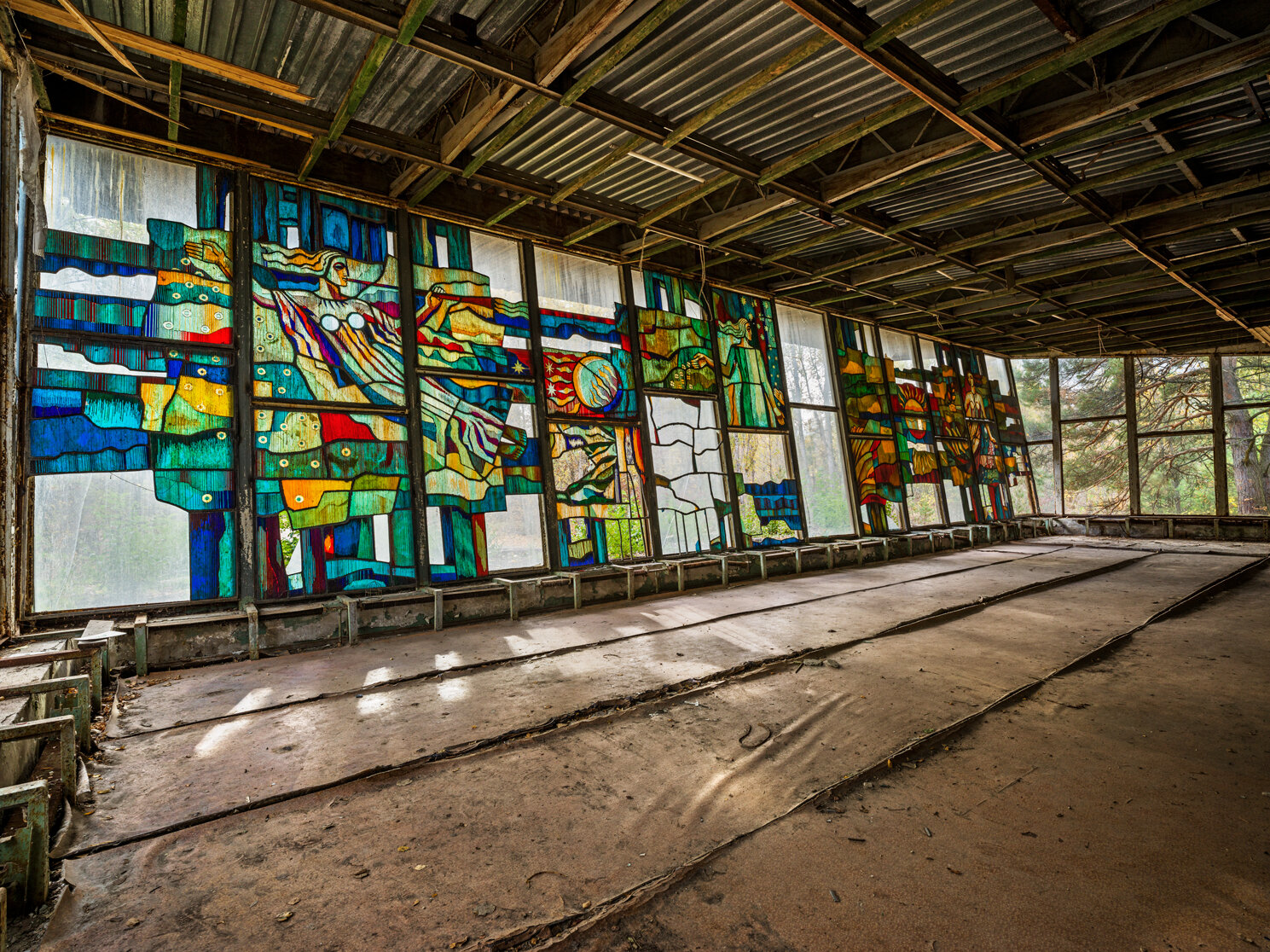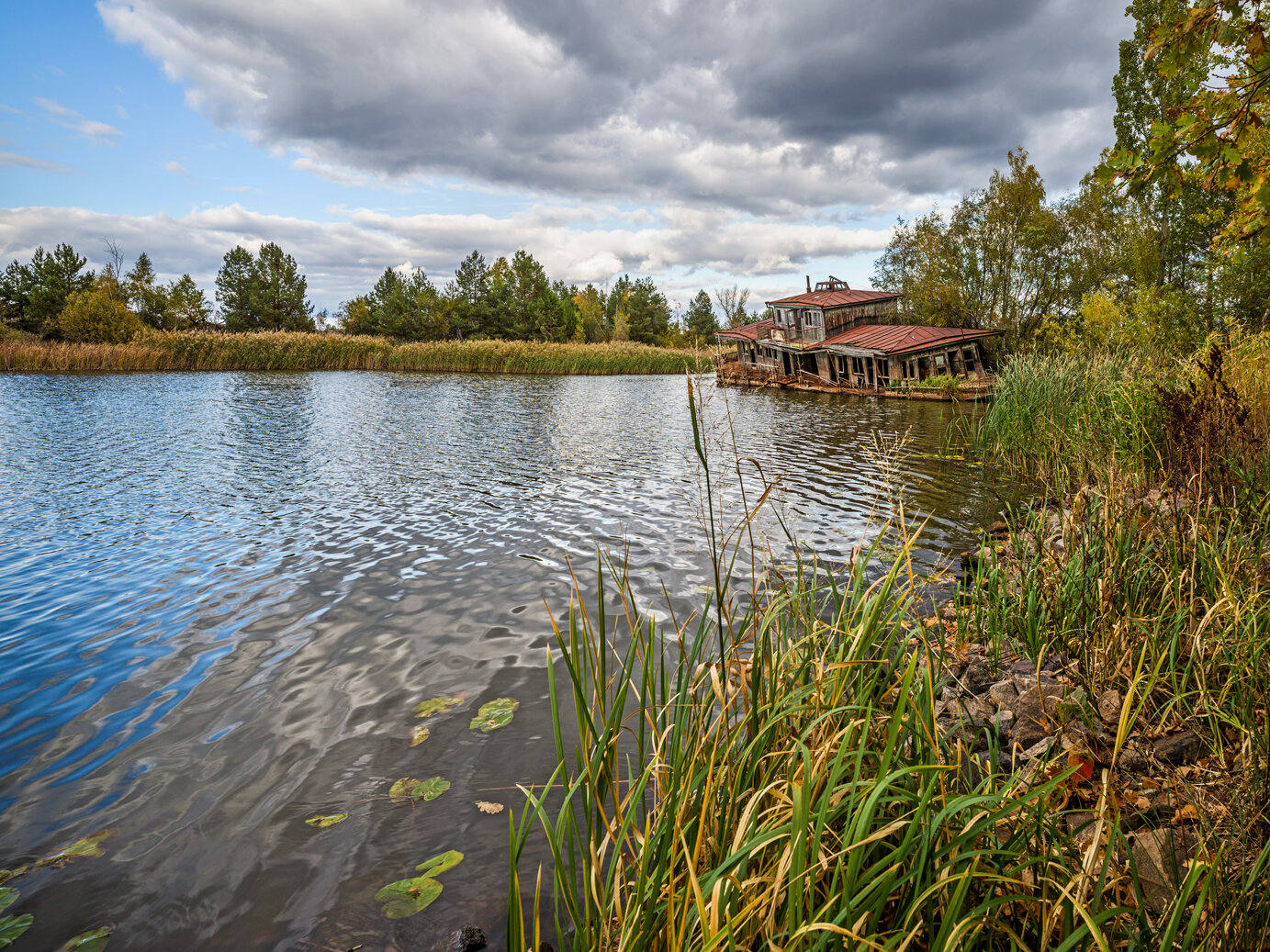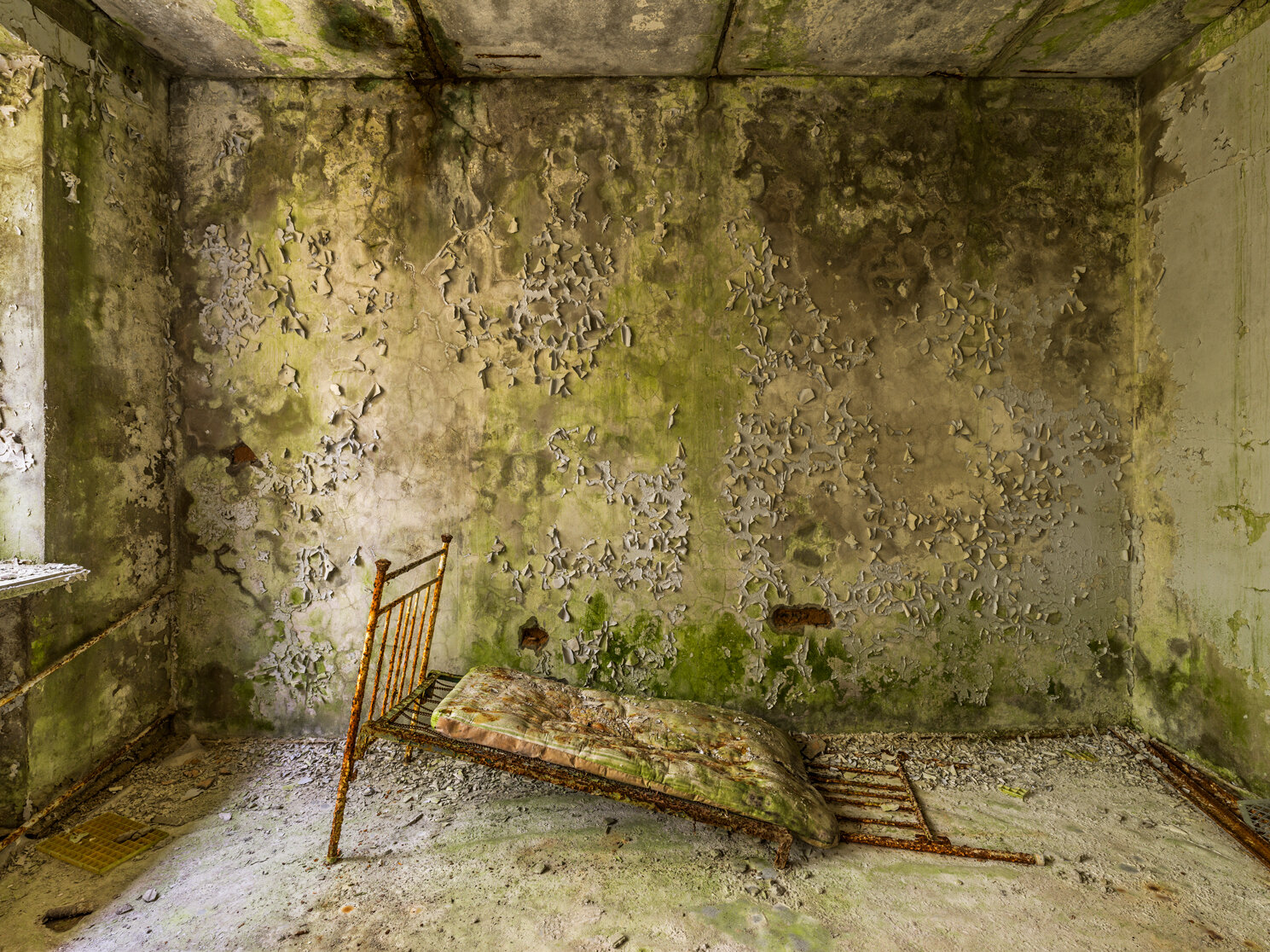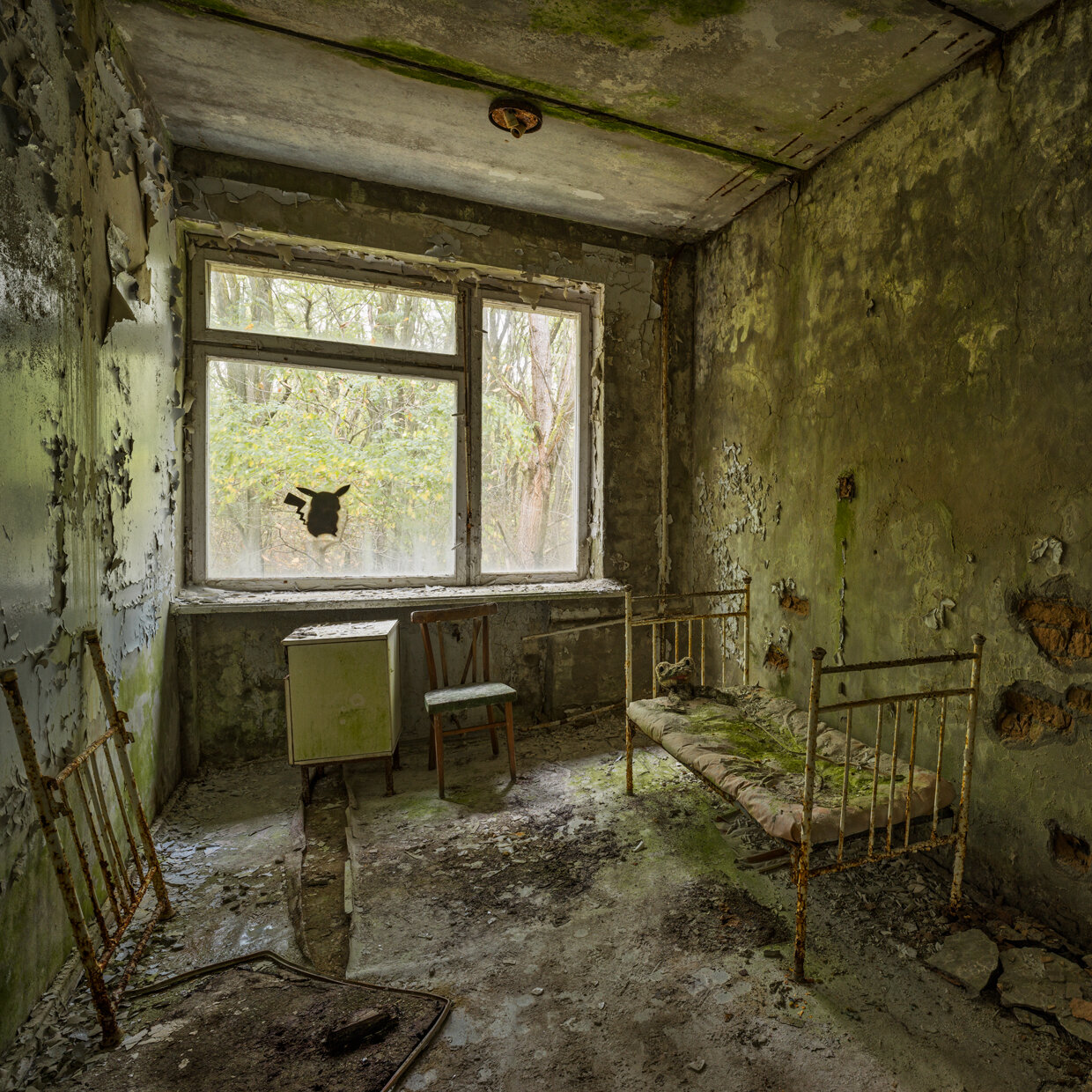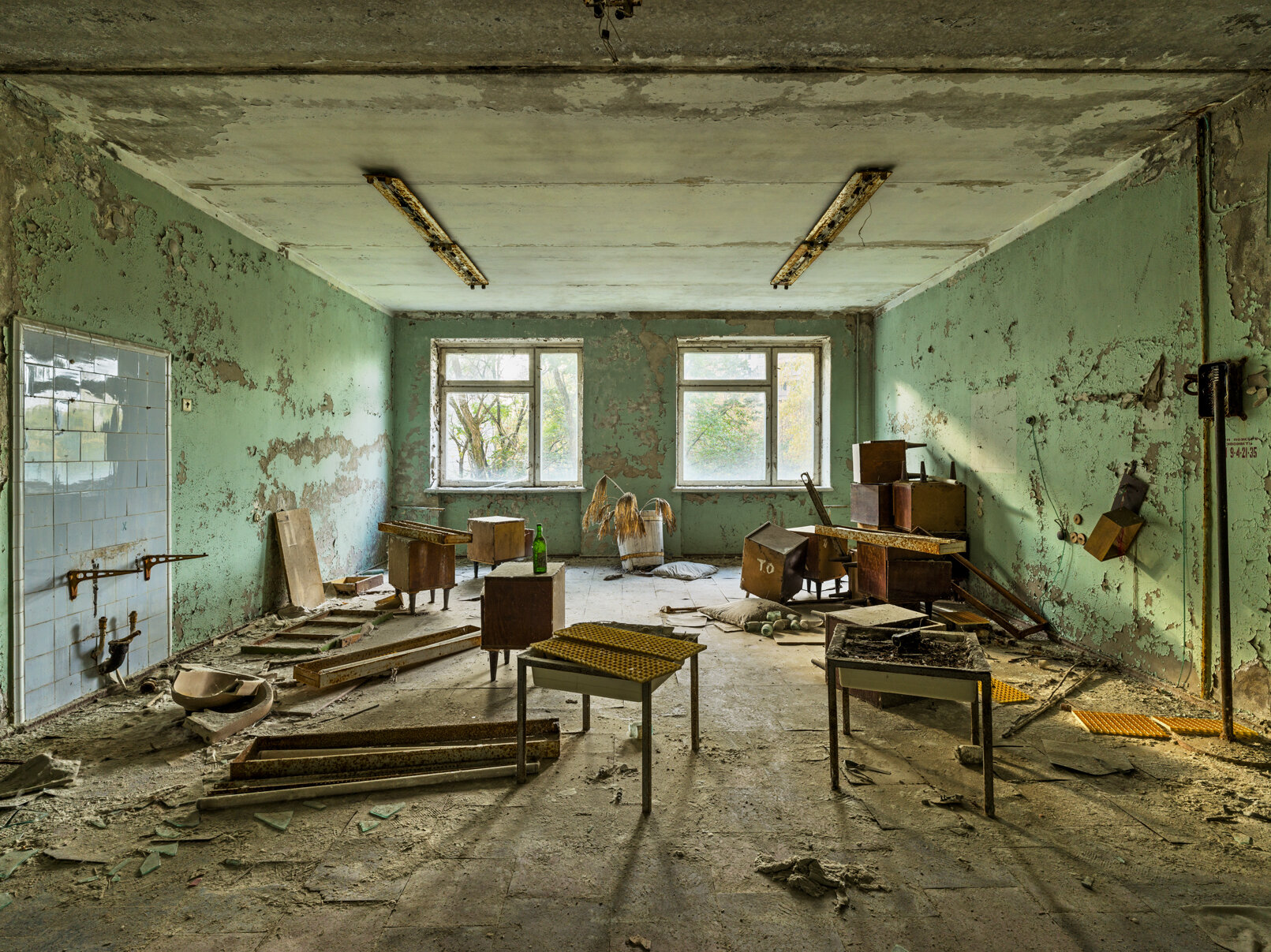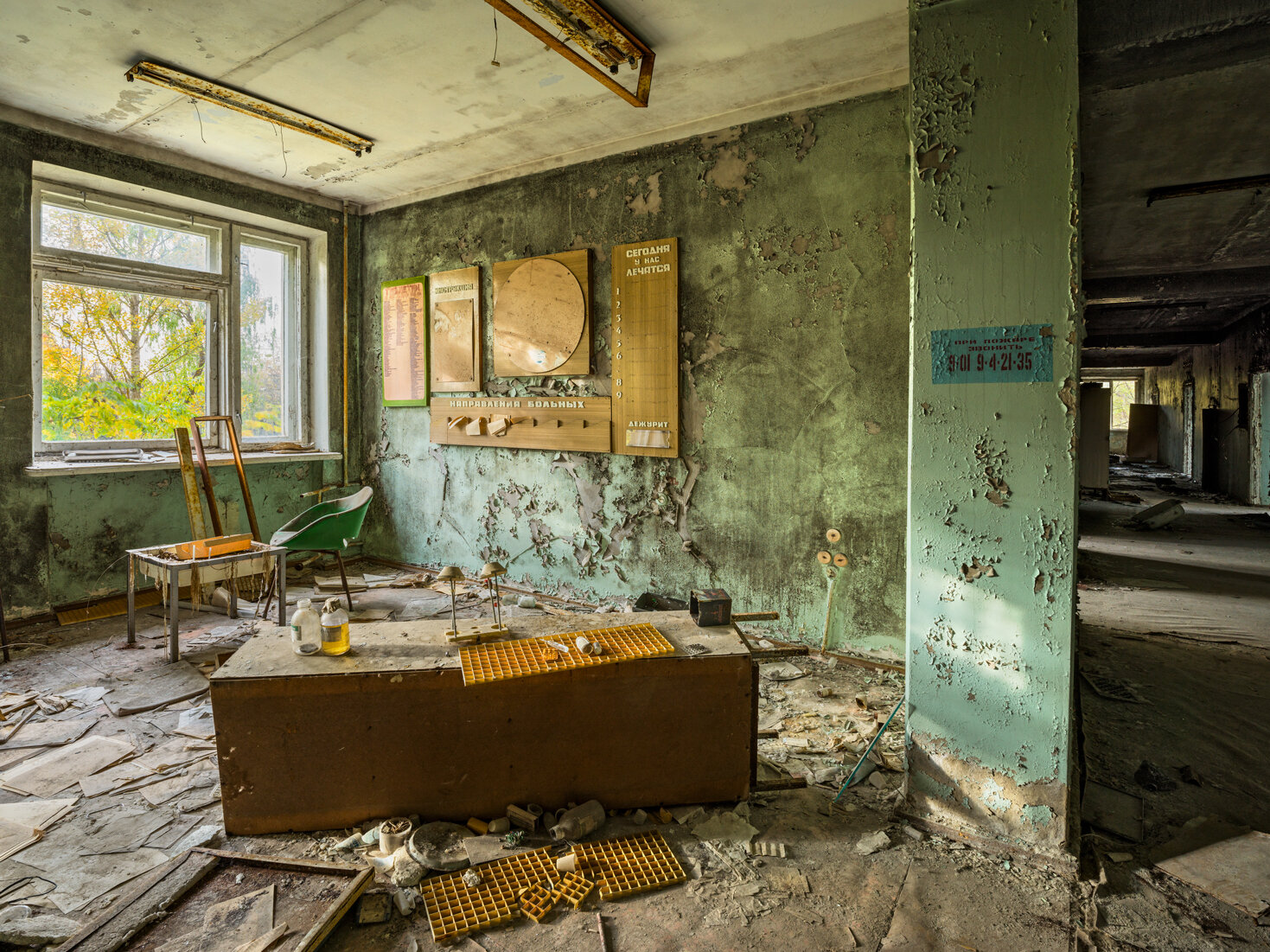I wanted to keep this photo for as the last one because this it is the place that impressed me the most in all of Pripyat. It’s an hospital, which is in fact both a place of treatment and of suffering at the same time. This where first aid was given to the firefighters who intervened at Chernobyl the night that reactor number 4 exploded. They went to quell a fire that could not be quenched with the means at their disposal. Two floors down from where I took this photo, there’s the basement where all the clothes of the firefighters who served that night are still located. They were thrown away in that basement in 1986 and this is were they can still be found, radioactive now as they were back then. To give you an idea, the dosimeter like the earth-P would not be able to read the exact value of radiation, ranging from 700 to over 999 Microsieverts per hour. Entering in the hospital must be done with caution. There are many stalkers who threaten to pick up the firefighters' clothes and leave them lying around the exclusion zone, or collect them in one place and burn them down (not the smartest idea, as this would put the radioactive dust back in circulation).
I couldn’t take this photo straight away. I put down the tripod and I felt the need of crying. I had to leave the room for a while to calm down. This lonely, half-broken bed in this room made me think of the people who laid done on it, perhaps a firefighter, who spent the last days of his life suffering without. really understanding what it was going on.
When the nuclear reactor exploded in 1986, I was 14 years old. My father prevented me to go outside because the wind, so he said, was moving the radioactive dust from Kiev to Europe and Italy. Also the tv news and the journals where speaking about it. I had no real clue of what it was happening, as the sky looked absolutely normal to me. Probably this i why, so many years after, I decided to travel to Kiev and the exclusion zone to see with my own eyes, the source of the problem.
Hospital N° 134 in Pripyat, Exclusion zone.
Hasselblad X1D 21mm f/11 0.6s
